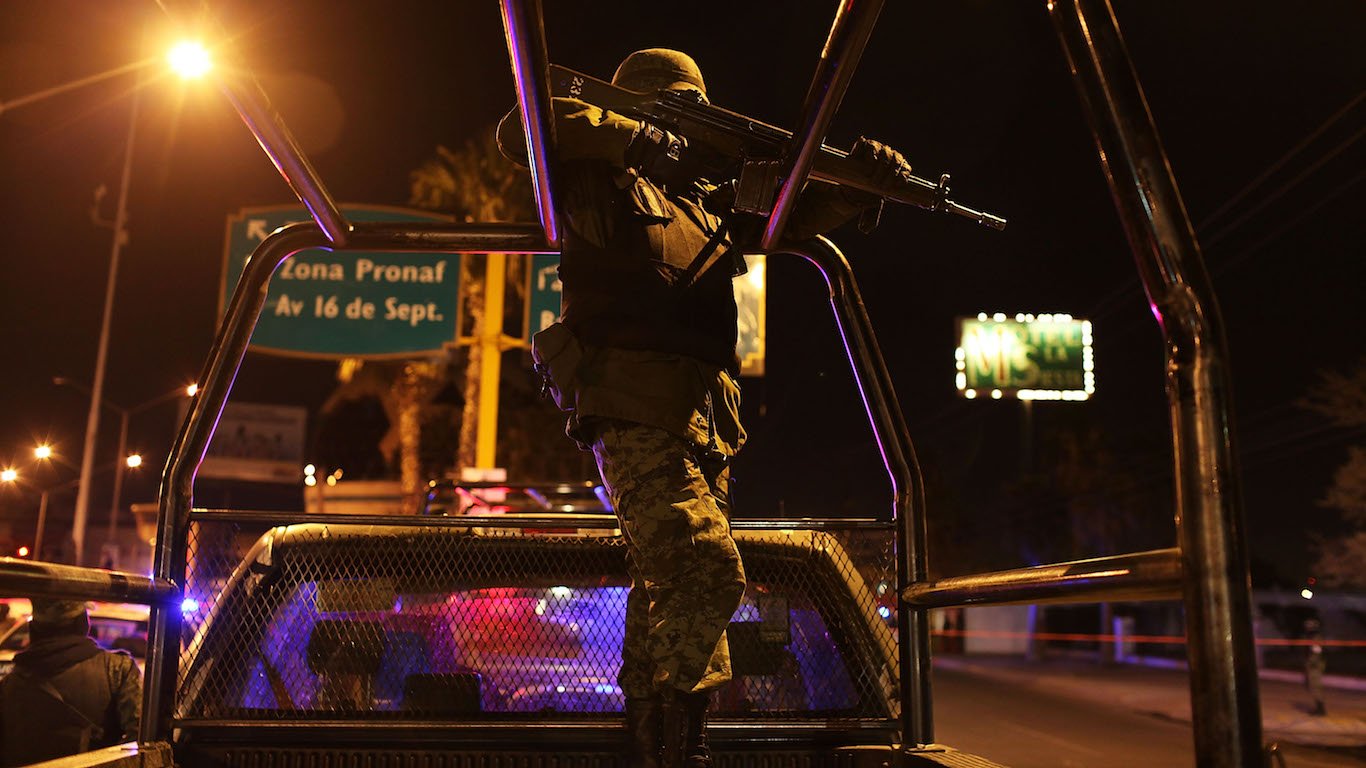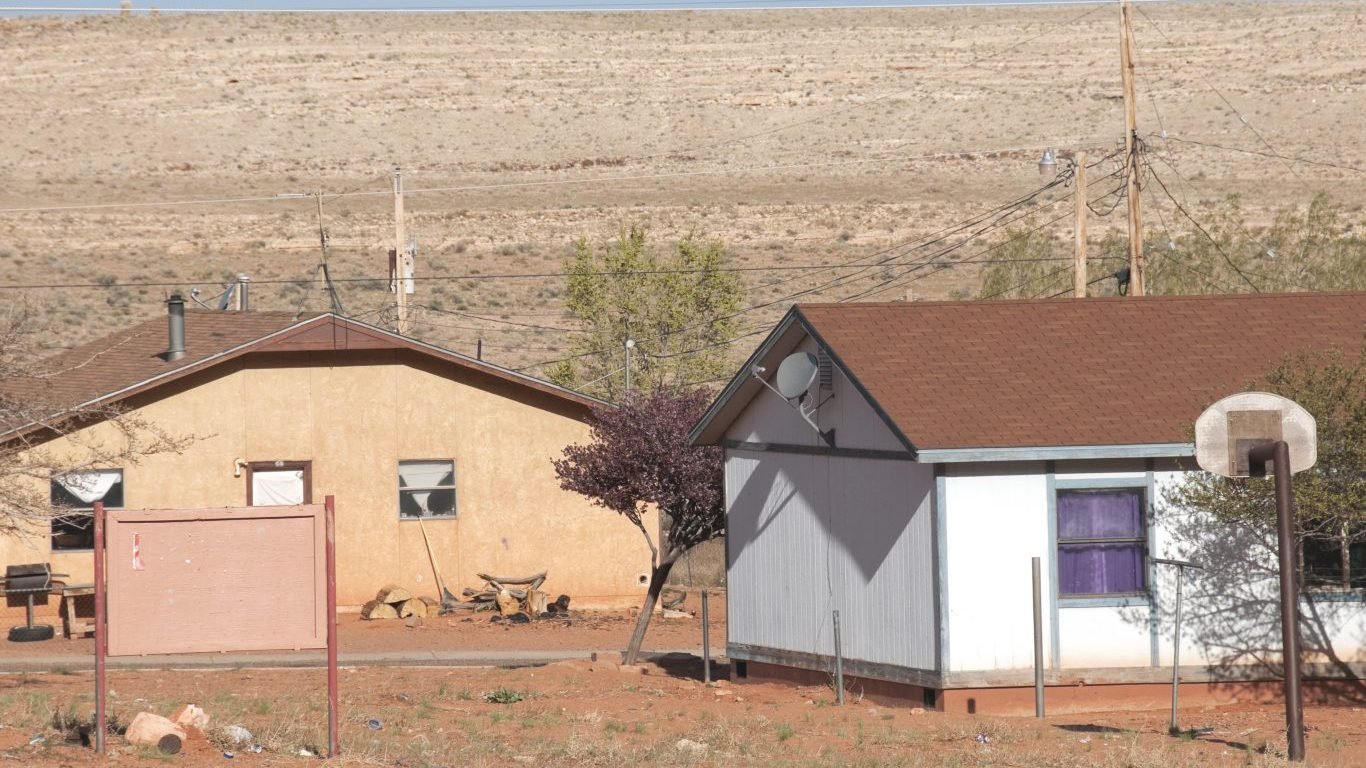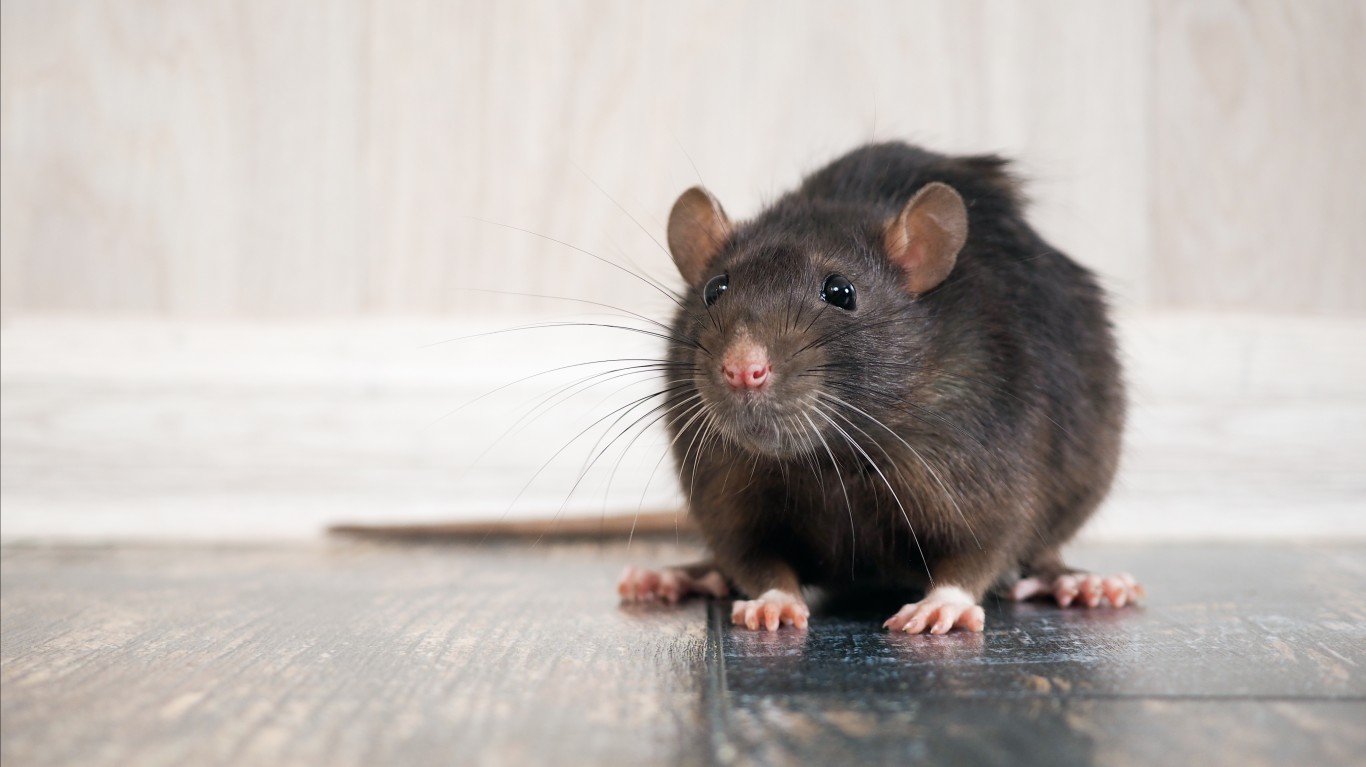

For decades, New Yorkers have been seeing a giant rat around the city. Yes, there are actual rats that grow to frightening sizes, but this particular rat is immense – about 10 feet tall, with red eyes and T-Rex teeth. Luckily, he’s not flesh and blood but basically an oversized balloon made of PVC vinyl, who goes by the name of Scabby the Rat and whose purpose is to call attention to union strikes against developers and other business owners. (He has even been seen recently picketing in favor of the Writers Guild of America, currently embroiled in a labor dispute with movie and television producers.)
Scabby has become something of a cultural icon for New Yorkers. But real rats, of whom the city has plenty, are much less favorably considered – as well they should be.
Rats spread disease – more than 35 specific ones have been associated with them in various parts of the world – not only directly but through the fleas, ticks, and mites that can live on them. They contaminate food (and eat it), and can even cause physical damage to houses and other buildings. While their teeth might be smaller than Scabby’s, they can chew through almost anything – wood, plastic, metal, even concrete and brick. They are a genuine plague. (You might be surprised to learn that they are also among the smartest animals in the world.)
Some American cities are more vulnerable to rat infestation than others. Population density, the number of restaurants and other food sources, number of exterminators, and other factors all come into play.
Click here to see America’s most rat-infested cities
To compile a list of the worst American cities 24/7 Tempo reviewed a report on the subject by Pest Gnome, a site connecting users with pest-control experts. Drawing on sources including the U.S. Census Bureau and others, the site gathered data on population density, dirtiness, Google searches for rat-related words over the previous 12 months, number of “rat bait” sources (restaurants, food trucks, grocery stores), and number of exterminators for the 500 largest U.S. cities. Metrics were differently weighted to arrive at a composite score for the 152 cities for which sufficient data was available. The higher the score, the more vulnerable a city is to rat infestation. (These are America’s dirtiest cities.)
Scabby aside, it will probably not surprise New Yorkers that their city got the highest score of all.
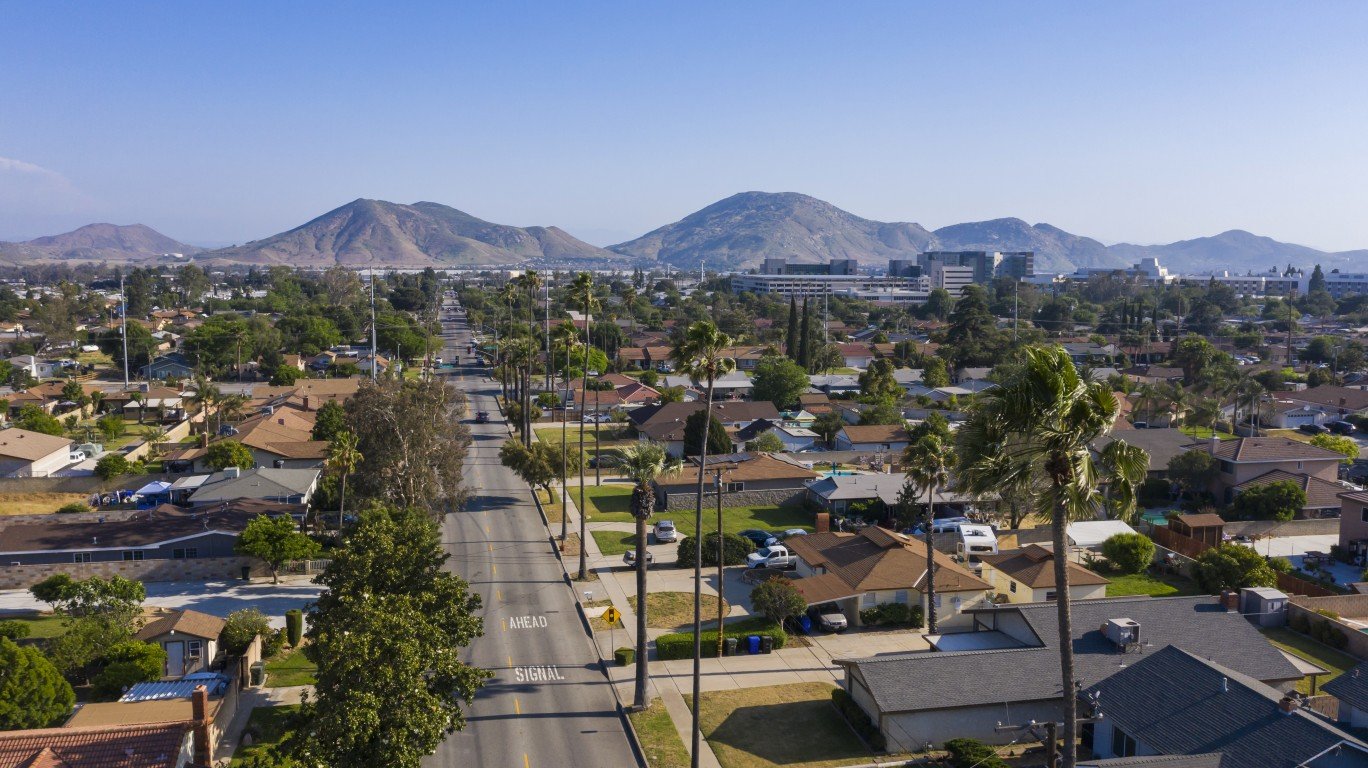
40. Fontana, California
> City Dirtiness Rank:30/152
> Rat Infestation Rank:130/152
> Rat Control Rank:59/152
> Overall Score:36.12
[in-text-ad]
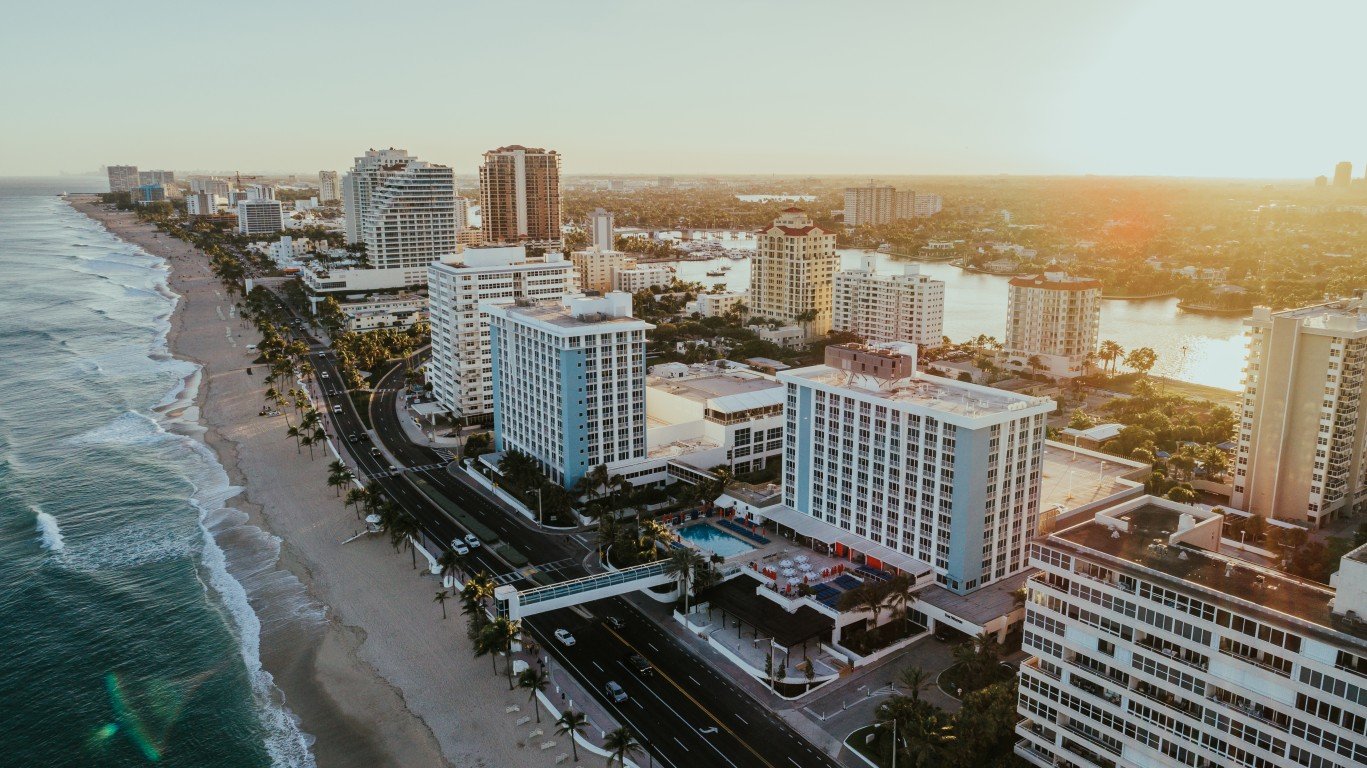
39. Fort Lauderdale, Florida
> City Dirtiness Rank:20/152
> Rat Infestation Rank:61/152
> Rat Control Rank:141/152
> Overall Score:36.13

38. Seattle, Washington
> City Dirtiness Rank:101/152
> Rat Infestation Rank:17/152
> Rat Control Rank:13/152
> Overall Score:36.15
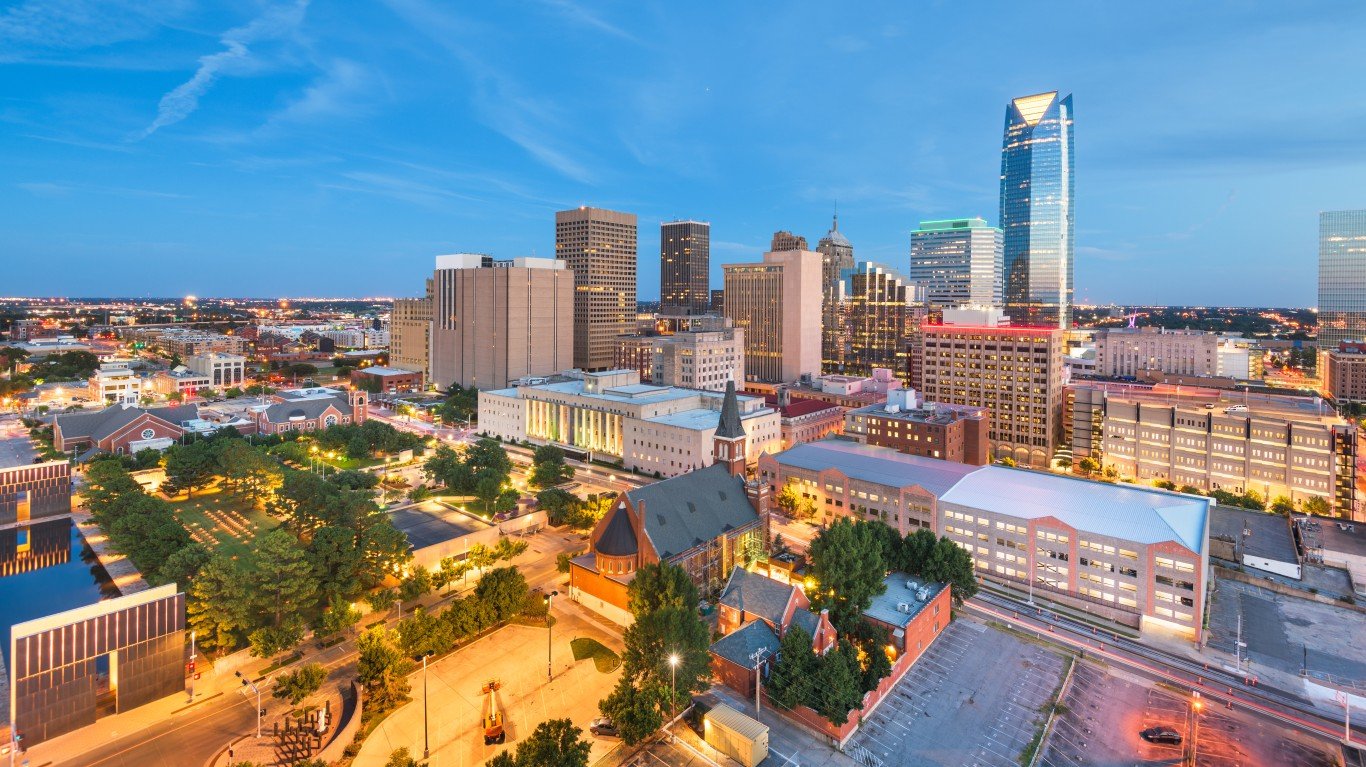
37. Oklahoma City, Oklahoma
> City Dirtiness Rank:9/152
> Rat Infestation Rank:40/152
> Rat Control Rank:110/152
> Overall Score:36.26
[in-text-ad-2]
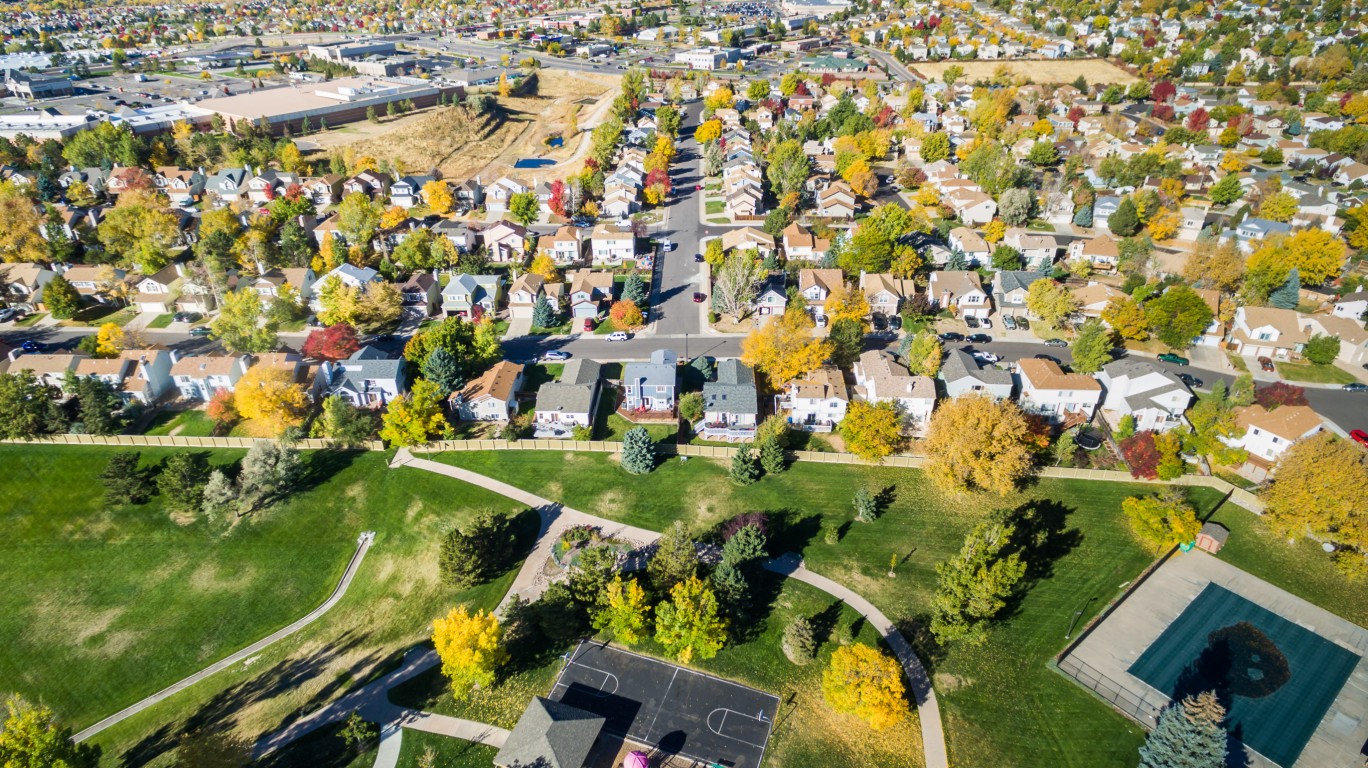
36. Aurora, Colorado
> City Dirtiness Rank:39/152
> Rat Infestation Rank:66/152
> Rat Control Rank:2/152
> Overall Score:36.33
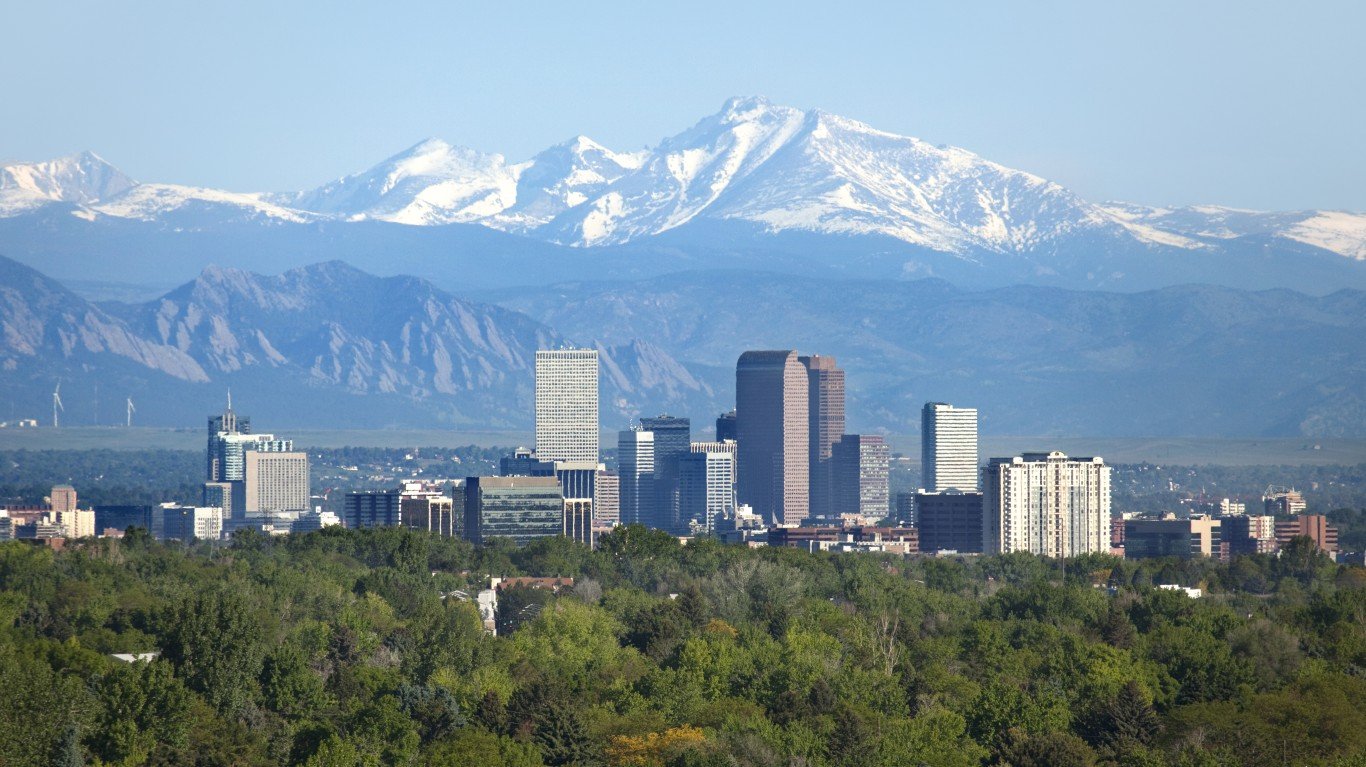
35. Denver, Colorado
> City Dirtiness Rank:74/152
> Rat Infestation Rank:13/152
> Rat Control Rank:14/152
> Overall Score:36.54
[in-text-ad]
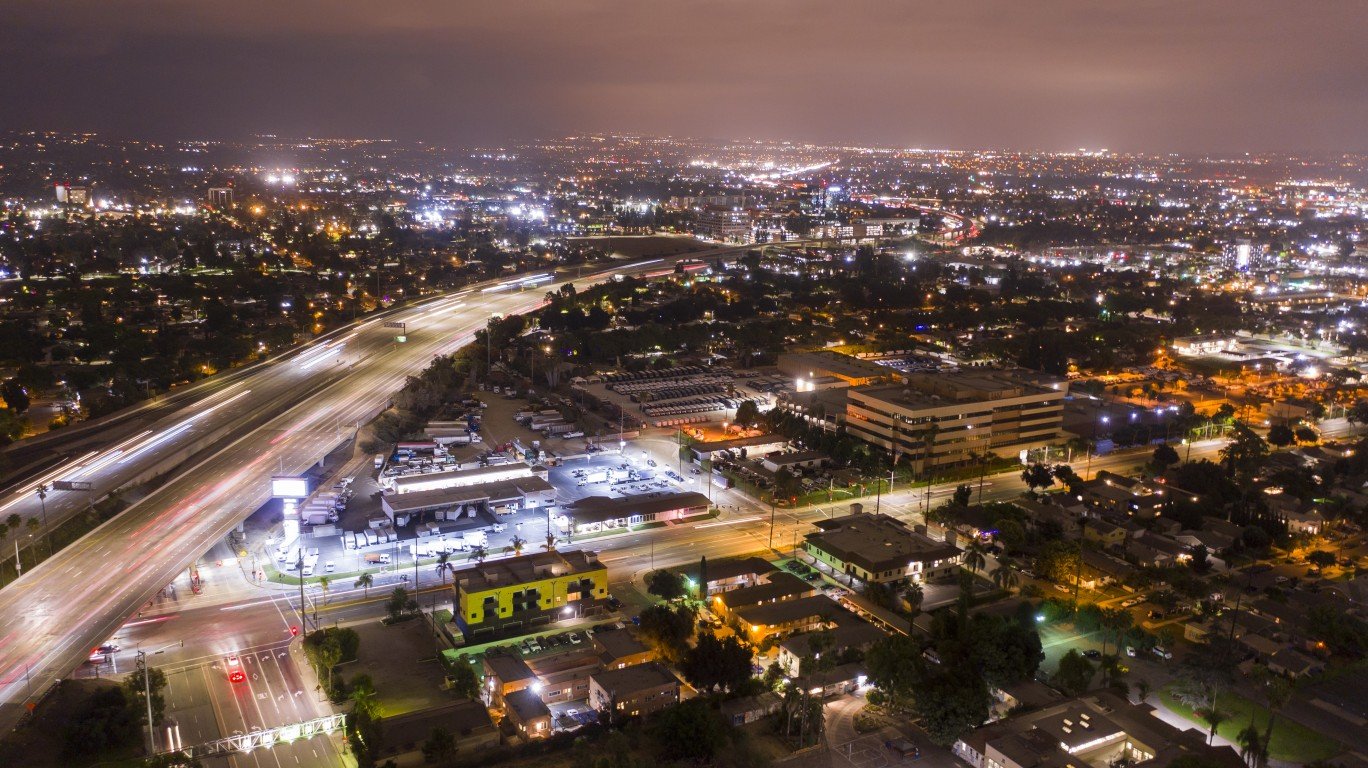
34. Santa Ana, California
> City Dirtiness Rank:84/152
> Rat Infestation Rank:78/152
> Rat Control Rank:60/152
> Overall Score:36.65

33. Hollywood, Florida
> City Dirtiness Rank:18/152
> Rat Infestation Rank:104/152
> Rat Control Rank:125/152
> Overall Score:36.68
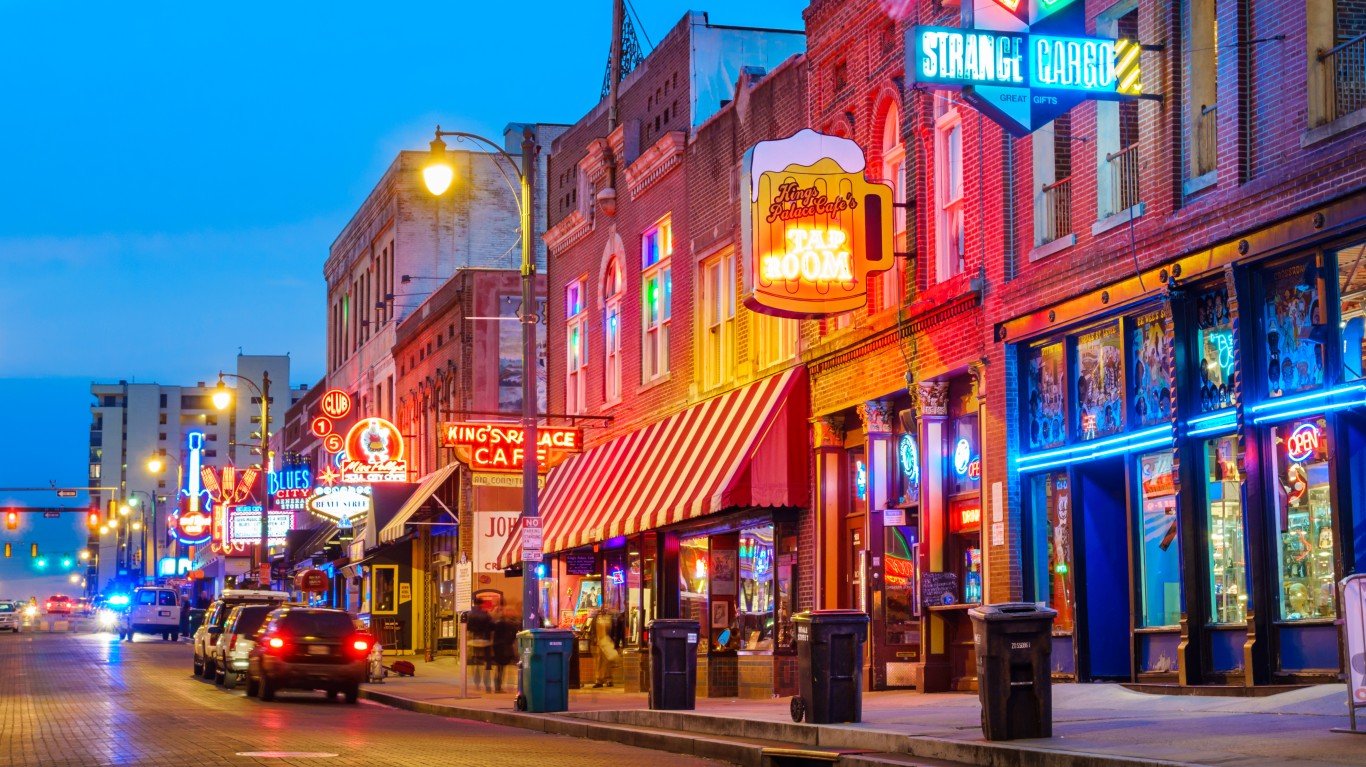
32. Memphis, Tennessee
> City Dirtiness Rank:25/152
> Rat Infestation Rank:42/152
> Rat Control Rank:63/152
> Overall Score:36.74
[in-text-ad-2]
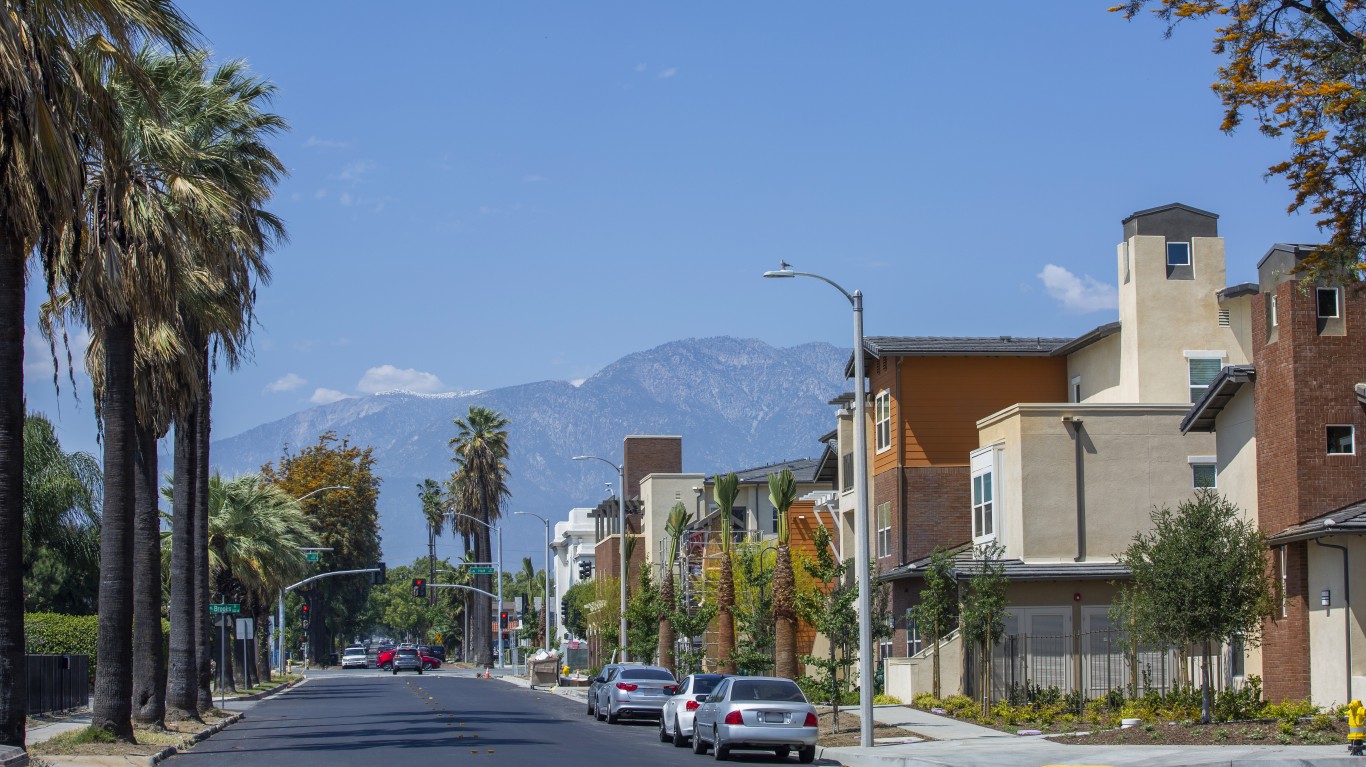
31. Ontario, California
> City Dirtiness Rank:14/152
> Rat Infestation Rank:120/152
> Rat Control Rank:73/152
> Overall Score:37.18
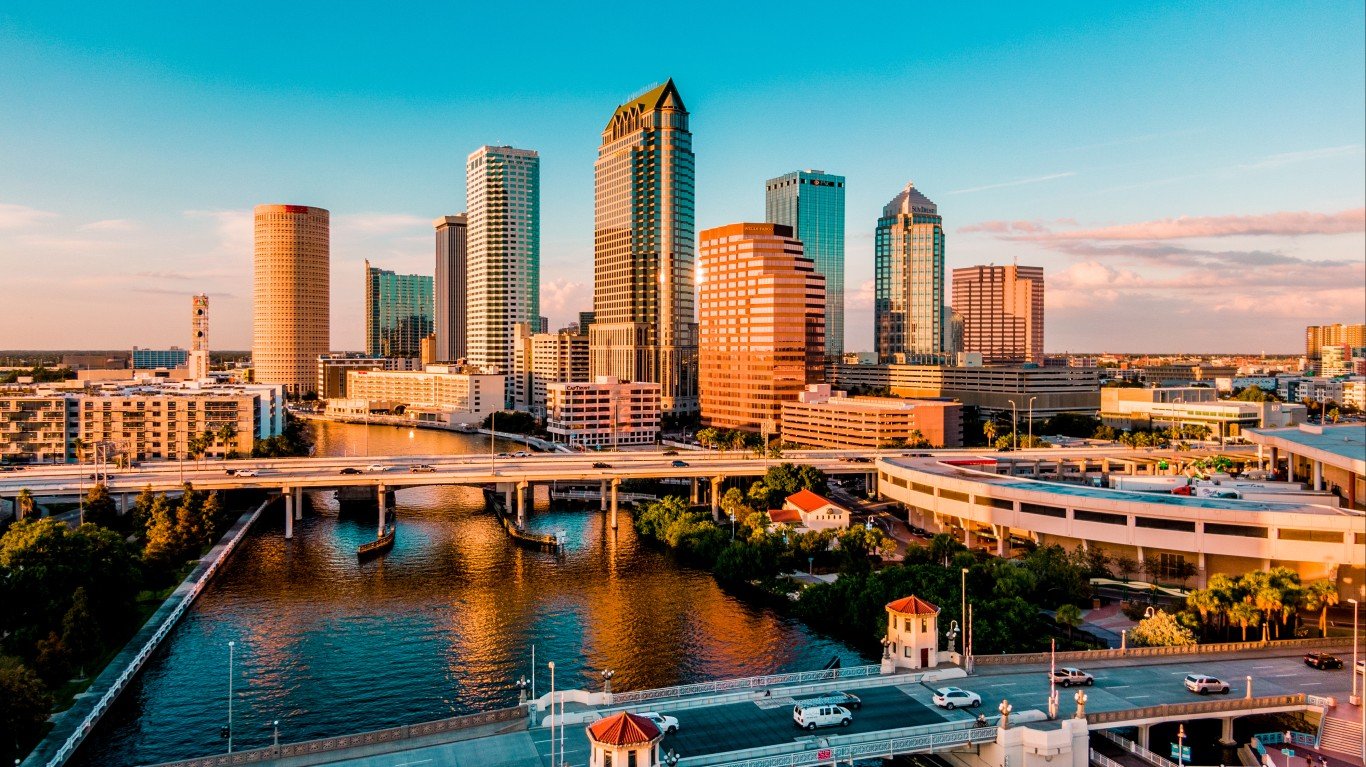
30. Tampa, Florida
> City Dirtiness Rank:38/152
> Rat Infestation Rank:4/152
> Rat Control Rank:146/152
> Overall Score:37.38
[in-text-ad]

29. Boston, Massachusetts
> City Dirtiness Rank:114/152
> Rat Infestation Rank:12/152
> Rat Control Rank:16/152
> Overall Score:37.51
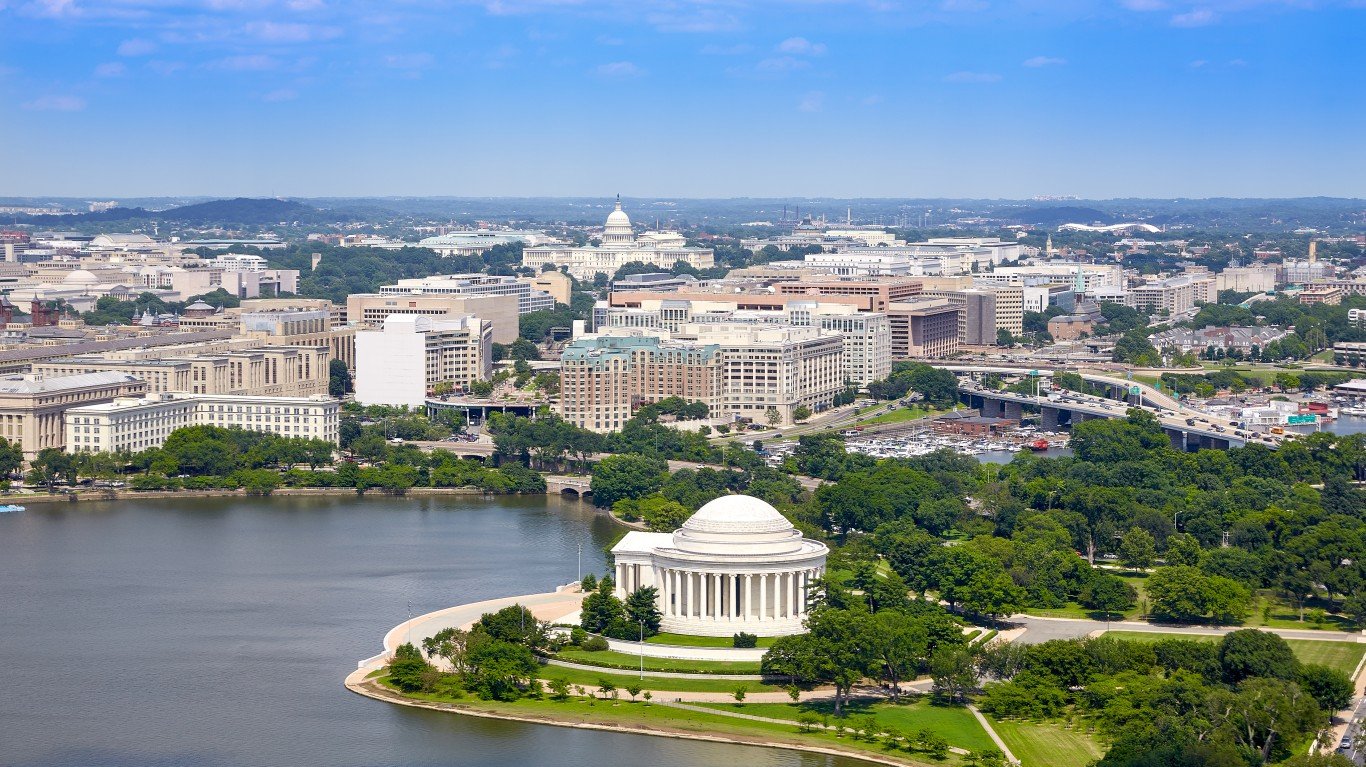
28. Washington, D.C.
> City Dirtiness Rank:107/152
> Rat Infestation Rank:15/152
> Rat Control Rank:17/152
> Overall Score:37.69
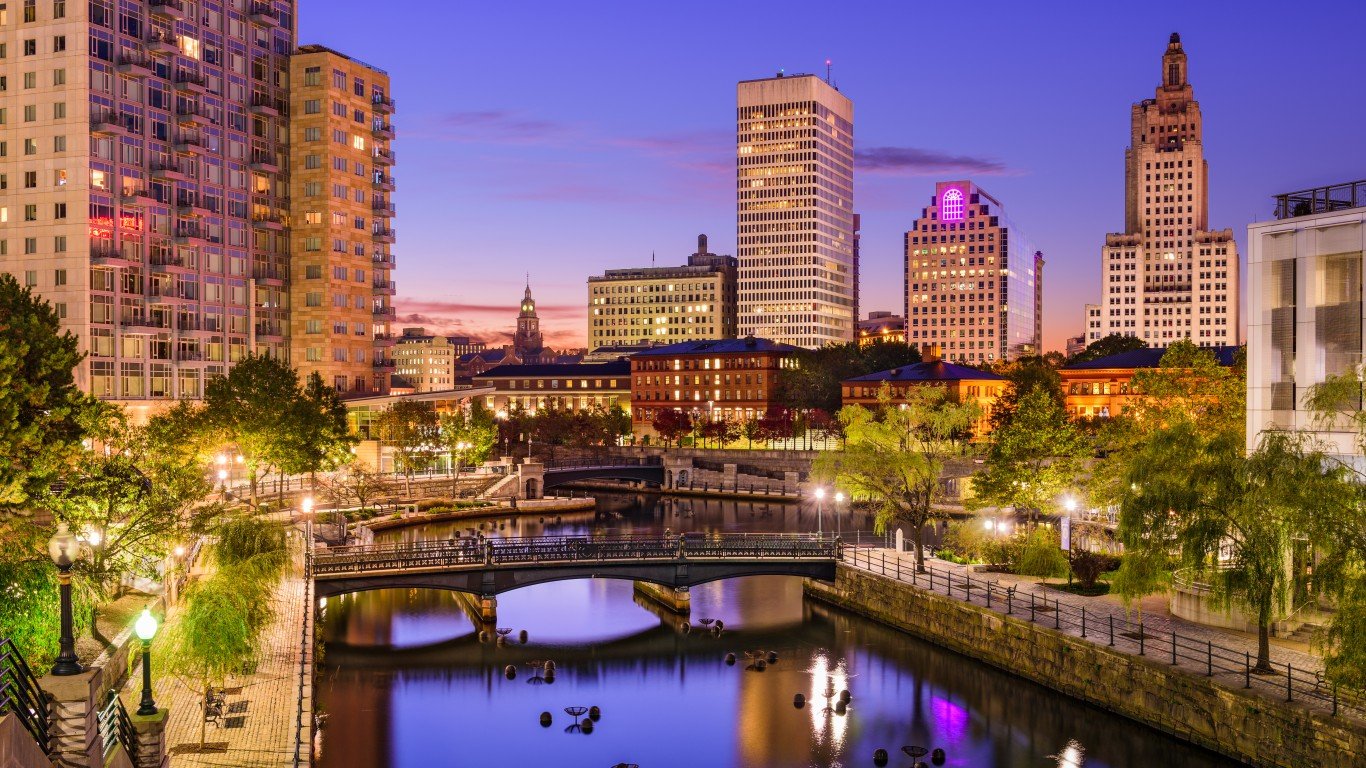
27. Providence, Rhode Island
> City Dirtiness Rank:69/152
> Rat Infestation Rank:61/152
> Rat Control Rank:31/152
> Overall Score:38.22
[in-text-ad-2]
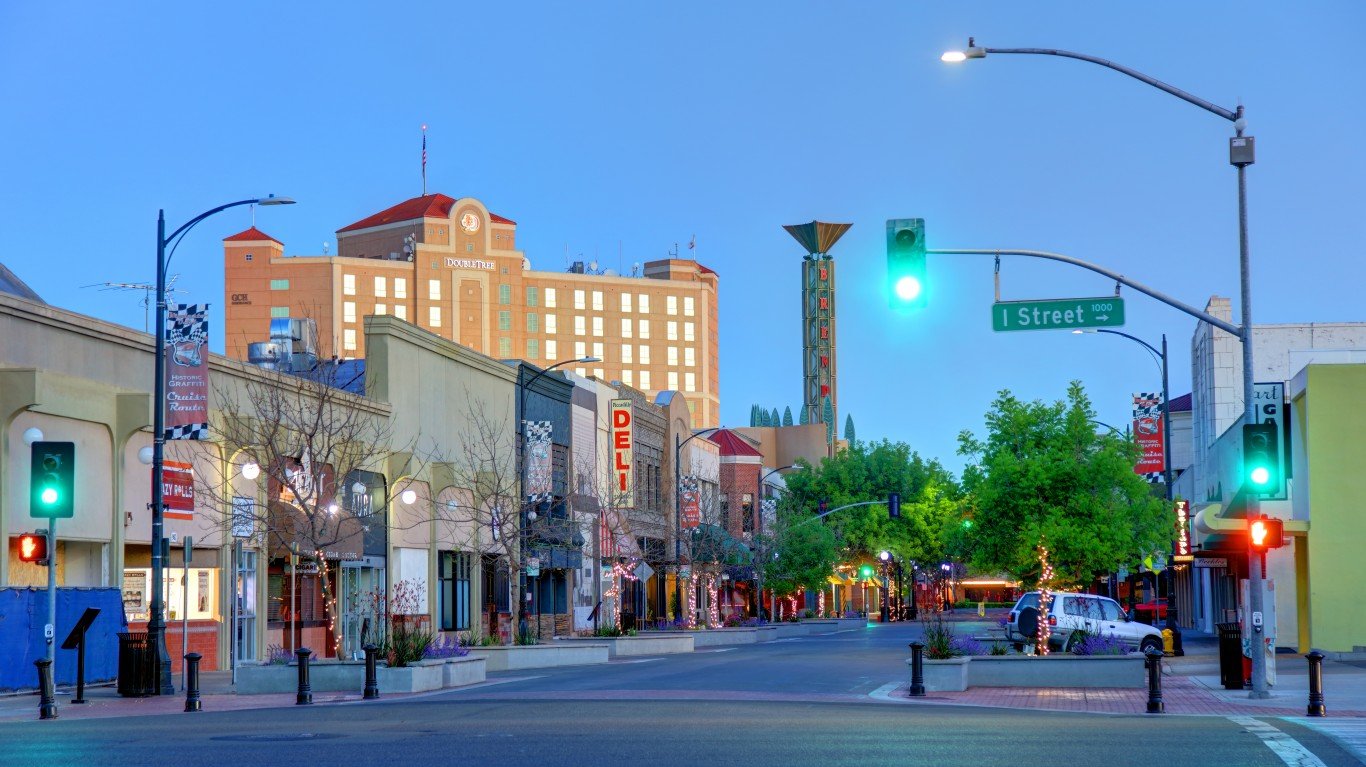
26. Modesto, California
> City Dirtiness Rank:16/152
> Rat Infestation Rank:120/152
> Rat Control Rank:104/152
> Overall Score:38.49
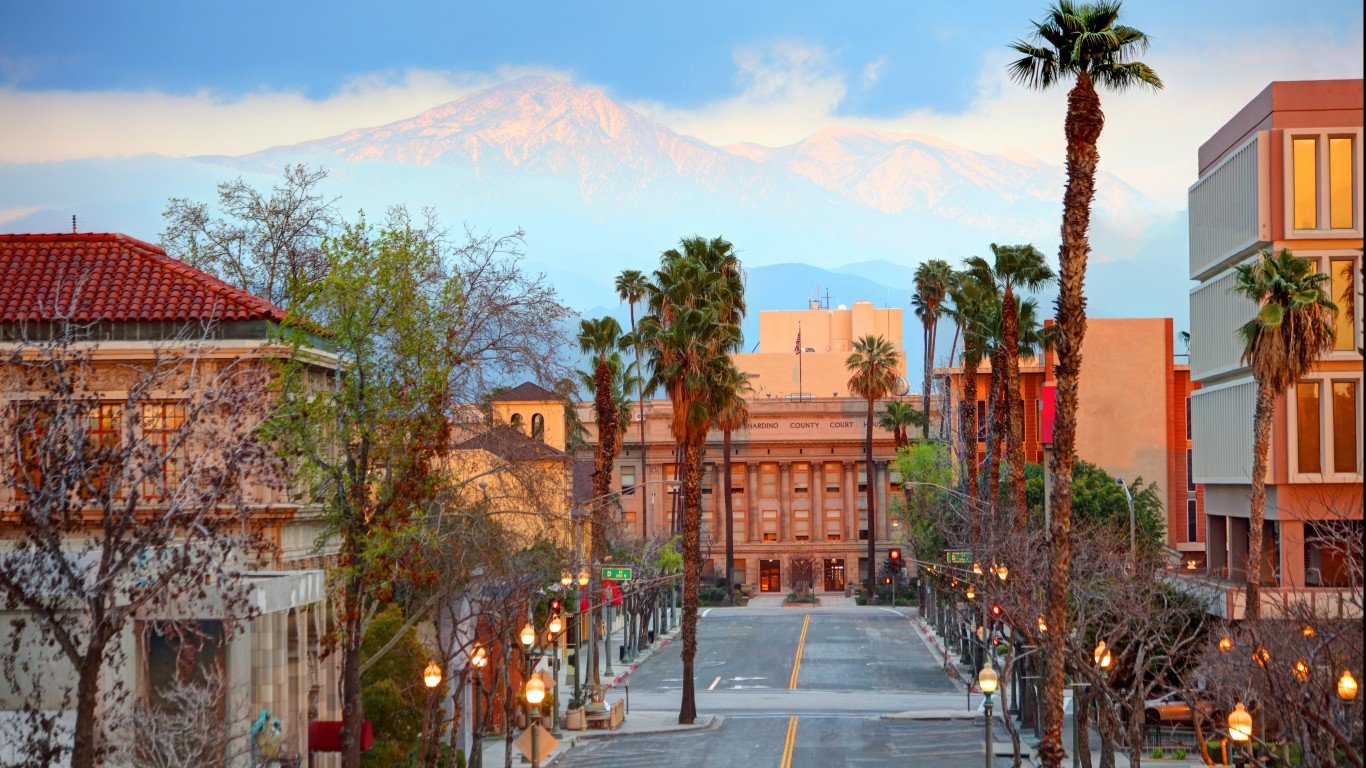
25. San Bernardino, California
> City Dirtiness Rank:3/152
> Rat Infestation Rank:109/152
> Rat Control Rank:81/152
> Overall Score:38.79
[in-text-ad]
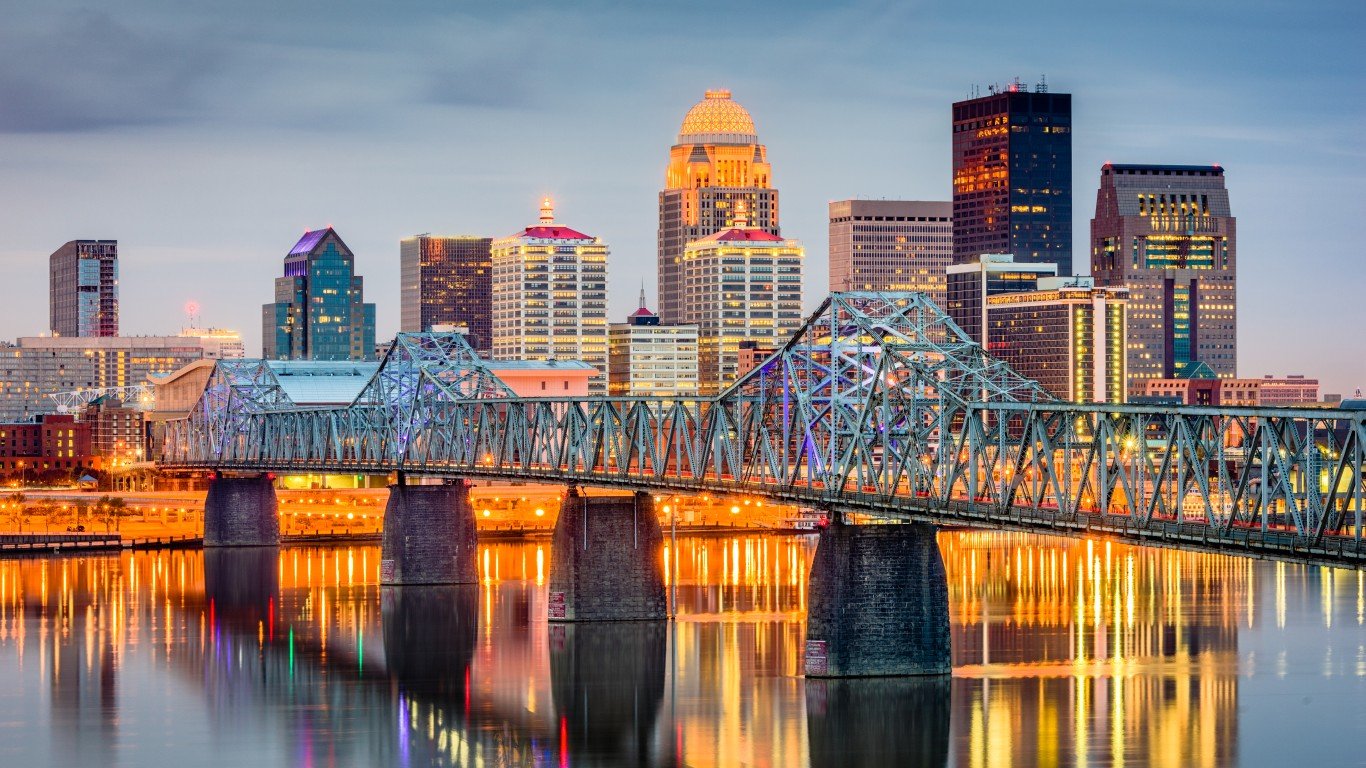
24. Louisville, Kentucky
> City Dirtiness Rank:58/152
> Rat Infestation Rank:45/152
> Rat Control Rank:56/152
> Overall Score:38.85

23. Stockton, California
> City Dirtiness Rank:33/152
> Rat Infestation Rank:86/152
> Rat Control Rank:25/152
> Overall Score:39.19
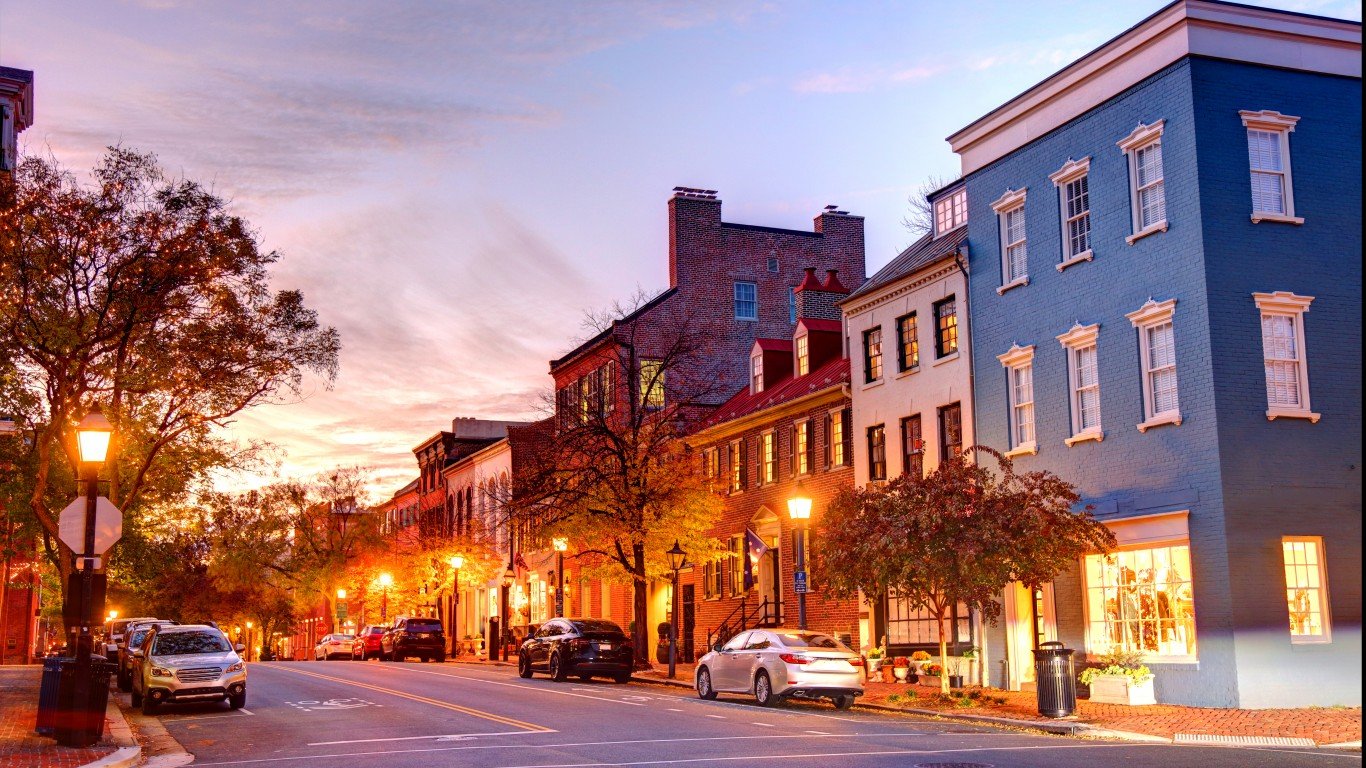
22. Alexandria, Virginia
> City Dirtiness Rank:53/152
> Rat Infestation Rank:84/152
> Rat Control Rank:72/152
> Overall Score:39.37
[in-text-ad-2]
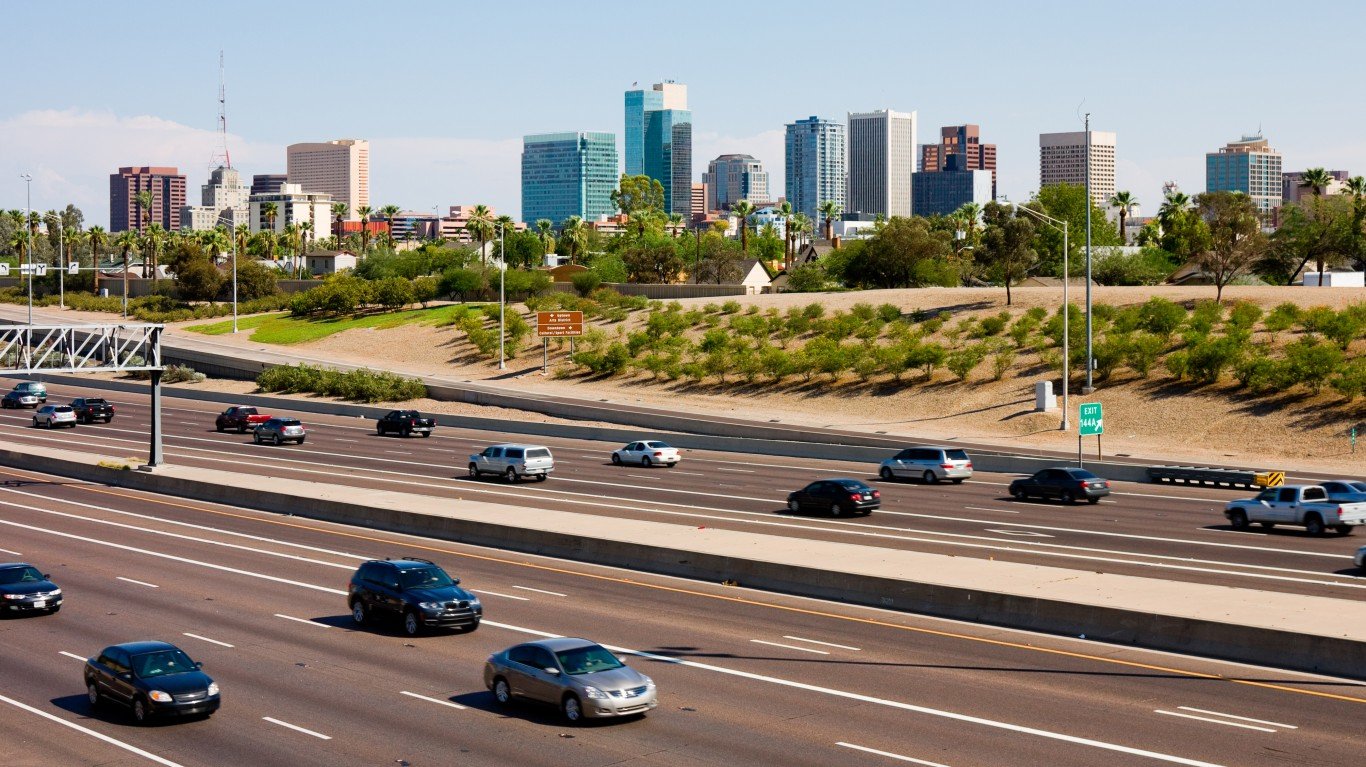
21. Phoenix, Arizona
> City Dirtiness Rank:23/152
> Rat Infestation Rank:17/152
> Rat Control Rank:64/152
> Overall Score:39.85
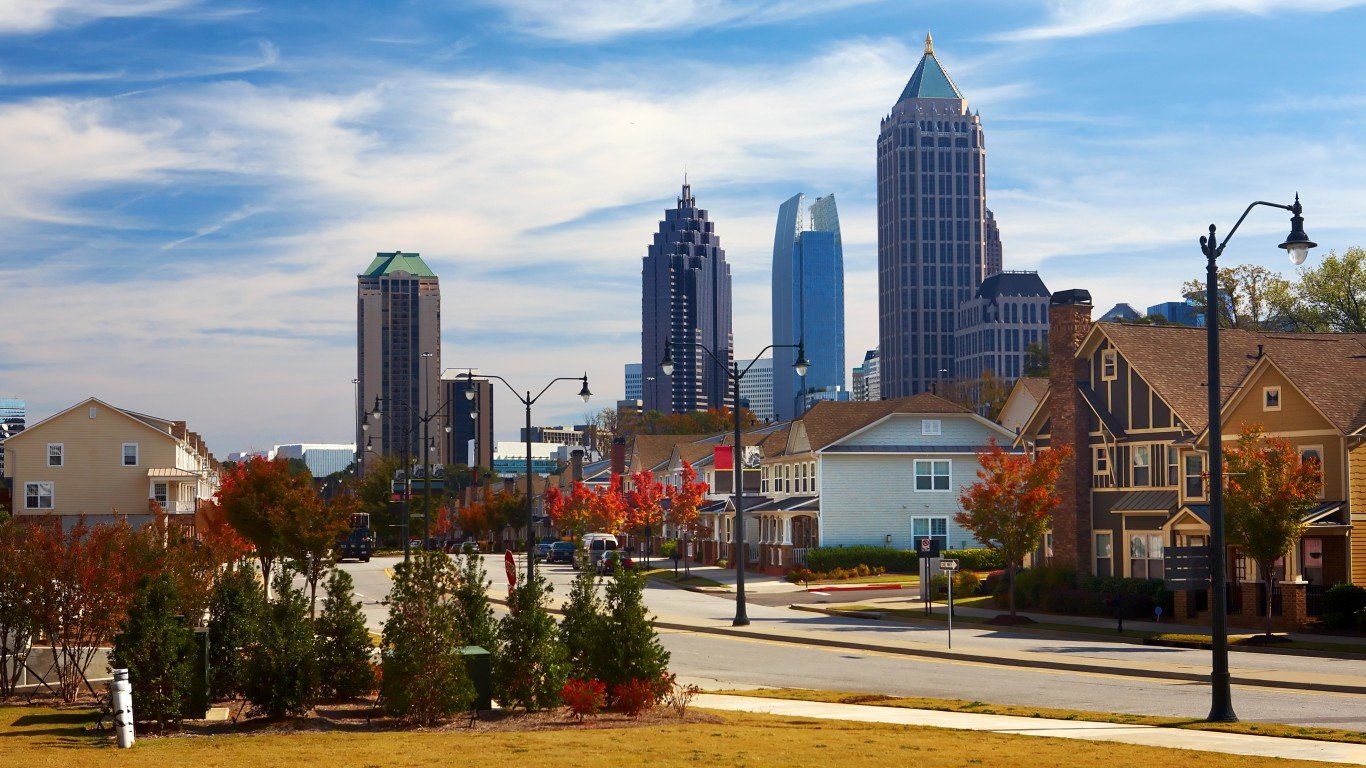
20. Atlanta, Georgia
> City Dirtiness Rank:27/152
> Rat Infestation Rank:10/152
> Rat Control Rank:118/152
> Overall Score:39.9
[in-text-ad]
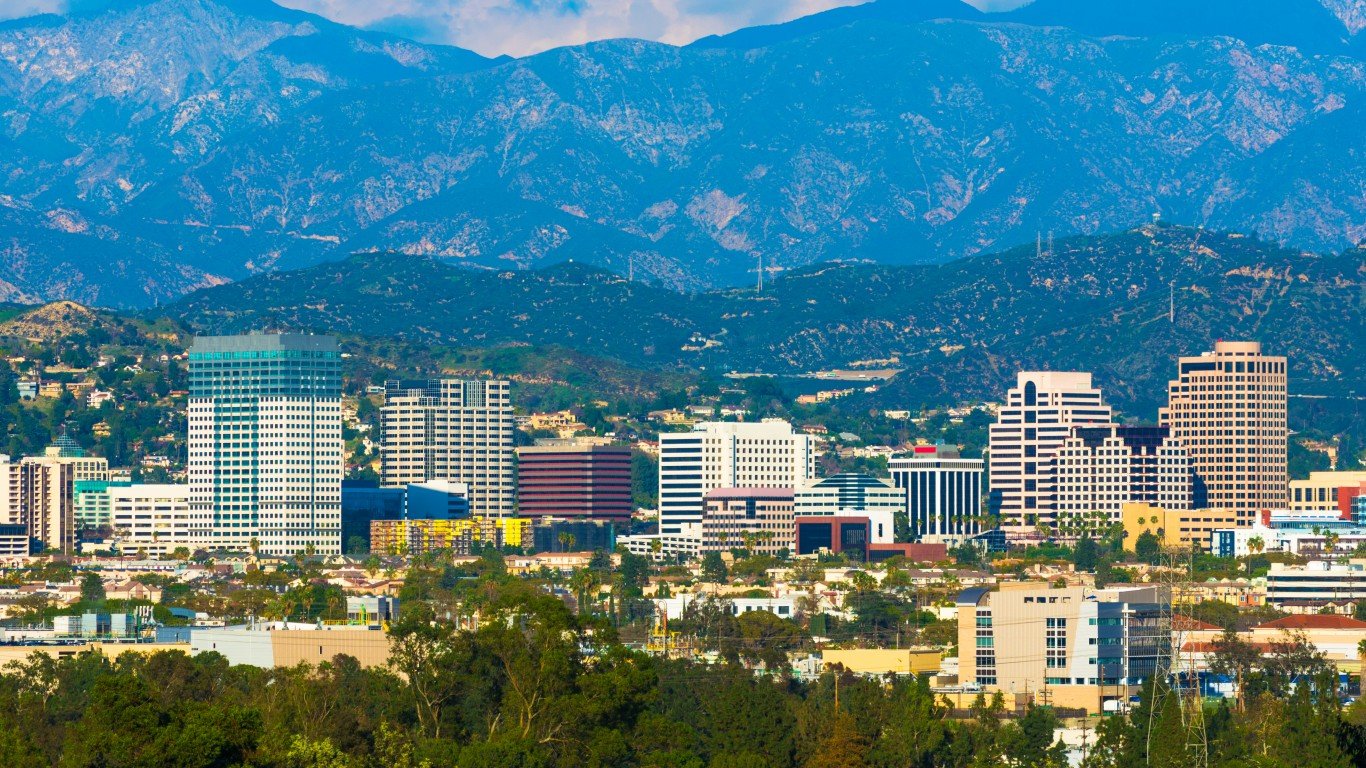
19. Glendale, California
> City Dirtiness Rank:28/152
> Rat Infestation Rank:104/152
> Rat Control Rank:8/152
> Overall Score:40.22

18. Long Beach, California
> City Dirtiness Rank:43/152
> Rat Infestation Rank:55/152
> Rat Control Rank:30/152
> Overall Score:40.38
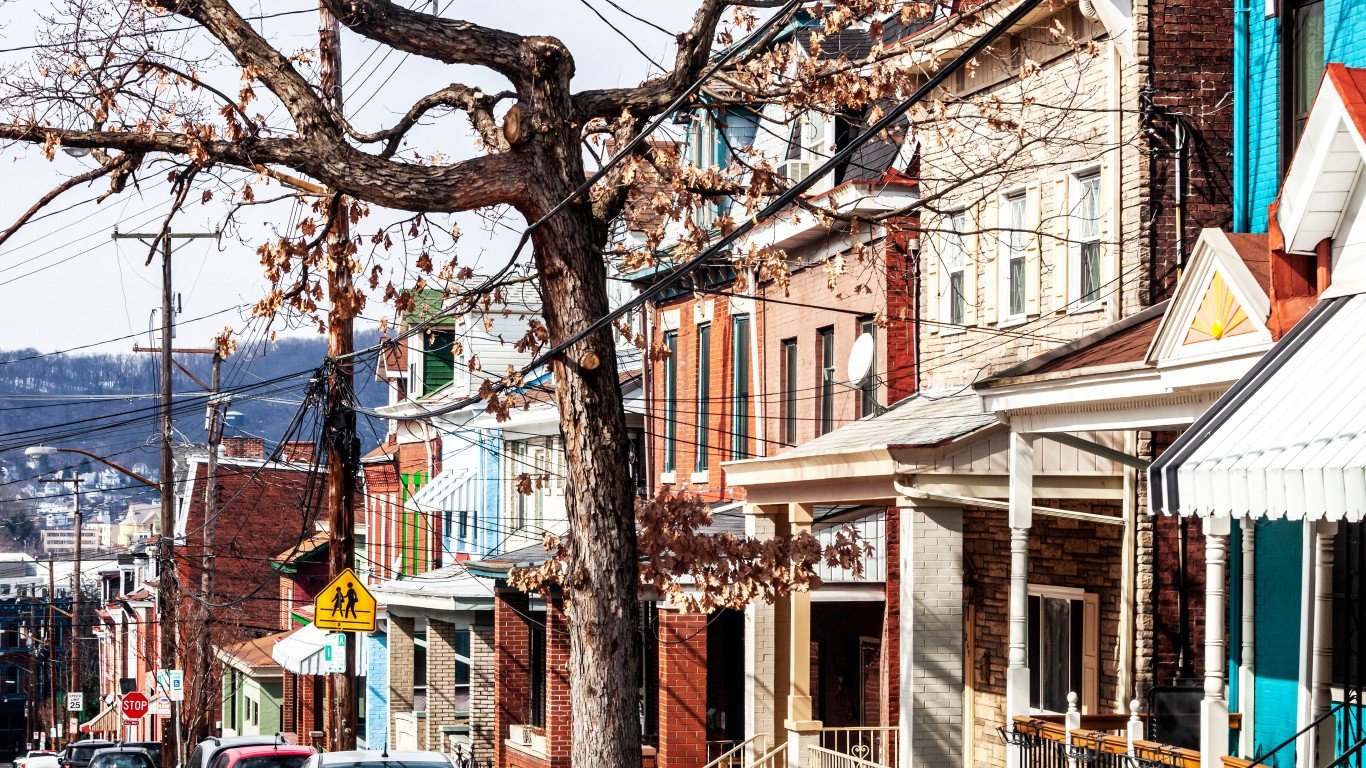
17. Pittsburgh, Pennsylvania
> City Dirtiness Rank:31/152
> Rat Infestation Rank:33/152
> Rat Control Rank:84/152
> Overall Score:40.54
[in-text-ad-2]

16. Baltimore, Maryland
> City Dirtiness Rank:51/152
> Rat Infestation Rank:11/152
> Rat Control Rank:40/152
> Overall Score:40.68

15. Fresno, California
> City Dirtiness Rank:8/152
> Rat Infestation Rank:57/152
> Rat Control Rank:88/152
> Overall Score:40.73
[in-text-ad]

14. Bridgeport, Connecticut
> City Dirtiness Rank:37/152
> Rat Infestation Rank:136/152
> Rat Control Rank:9/152
> Overall Score:41.12
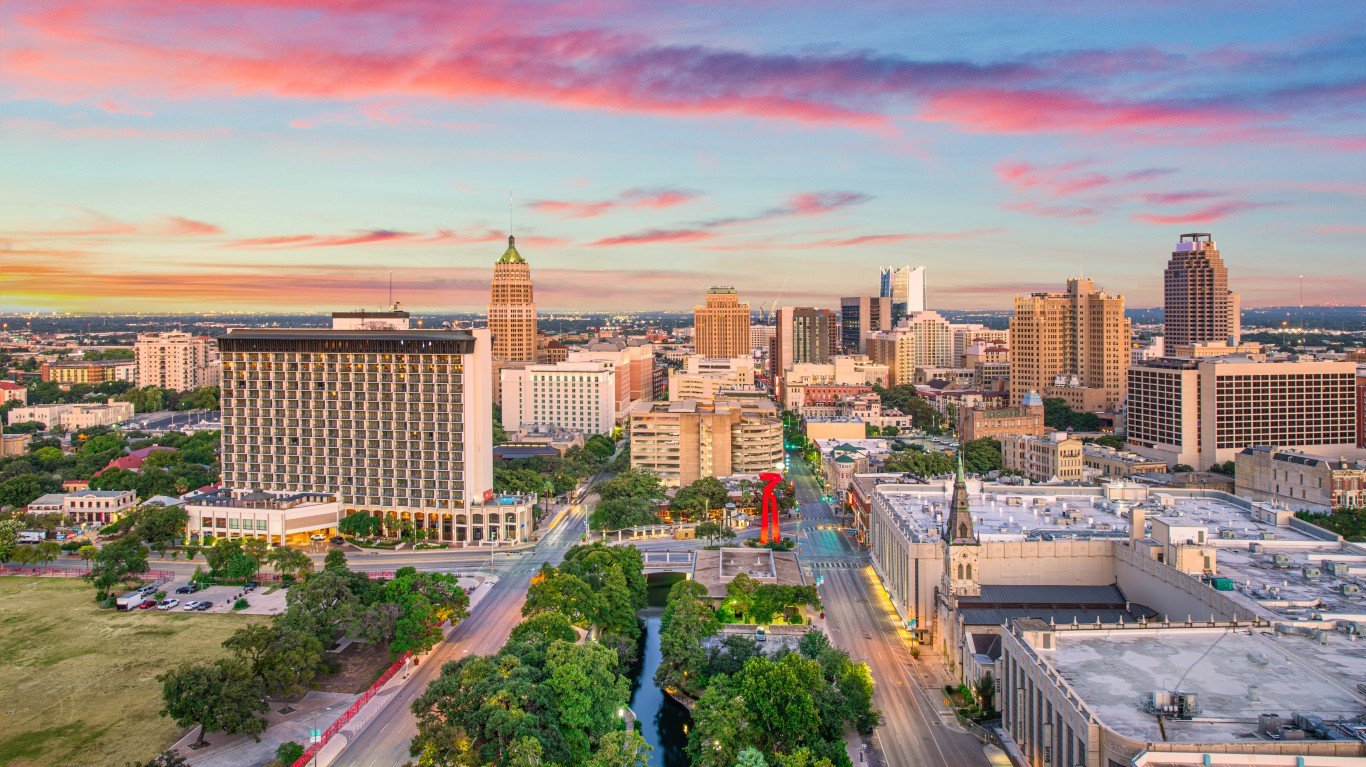
13. San Antonio, Texas
> City Dirtiness Rank:7/152
> Rat Infestation Rank:19/152
> Rat Control Rank:80/152
> Overall Score:41.57
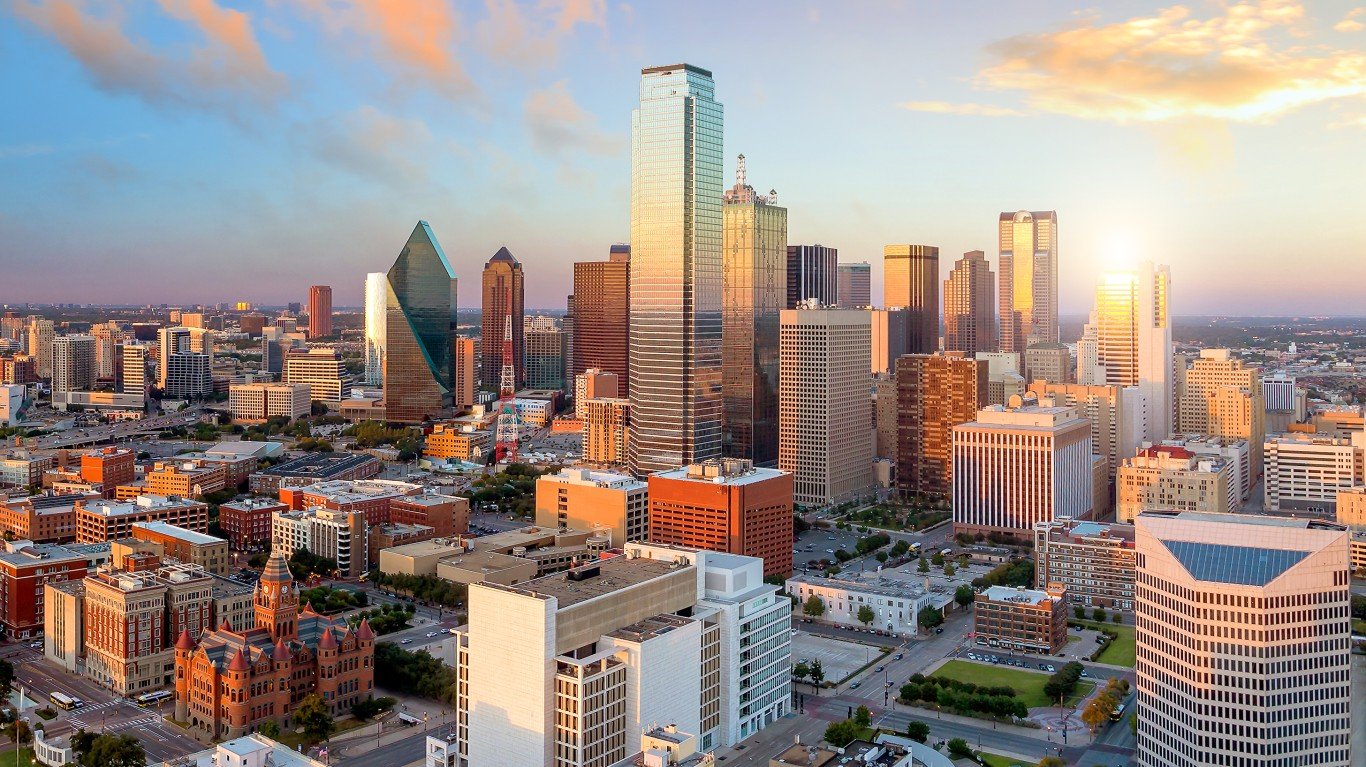
12. Dallas, Texas
> City Dirtiness Rank:32/152
> Rat Infestation Rank:6/152
> Rat Control Rank:39/152
> Overall Score:42.36
[in-text-ad-2]
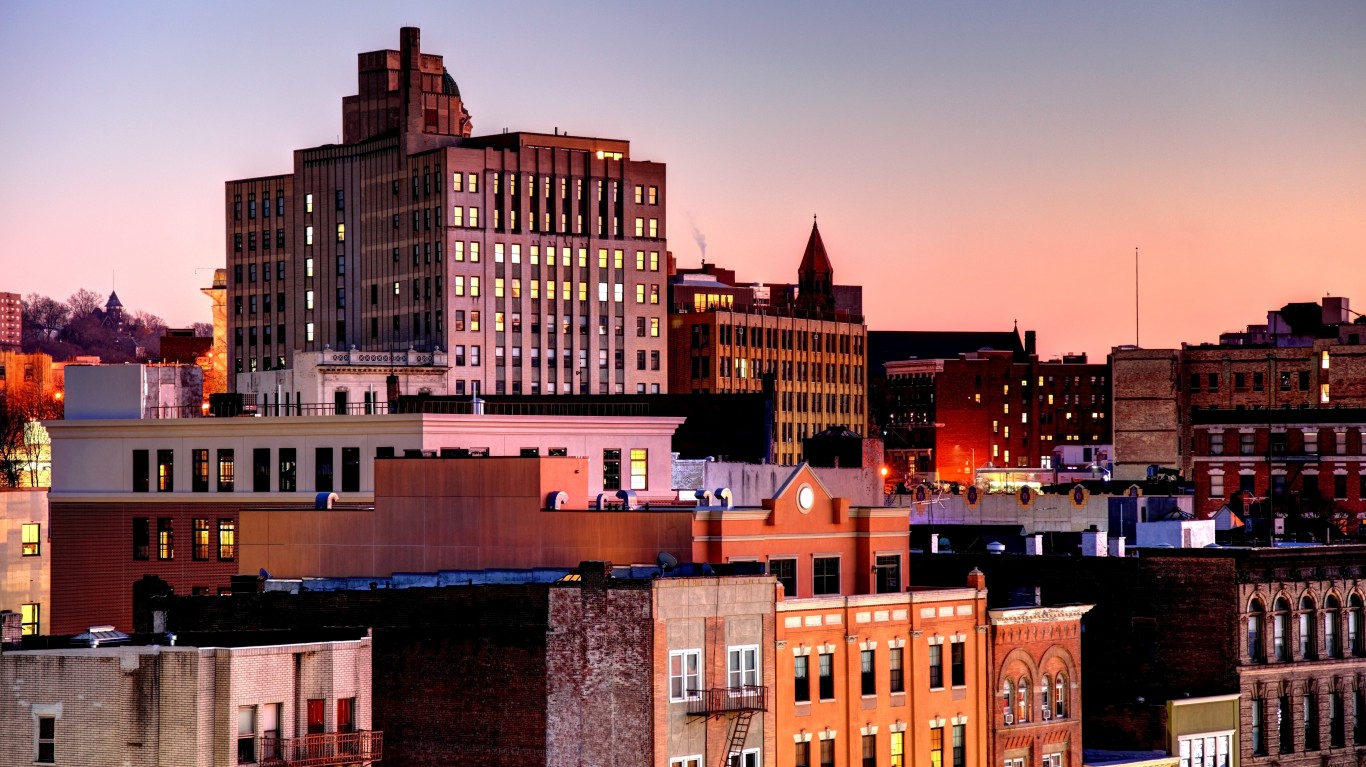
11. Yonkers, New York
> City Dirtiness Rank:10/152
> Rat Infestation Rank:101/152
> Rat Control Rank:48/152
> Overall Score:45.04
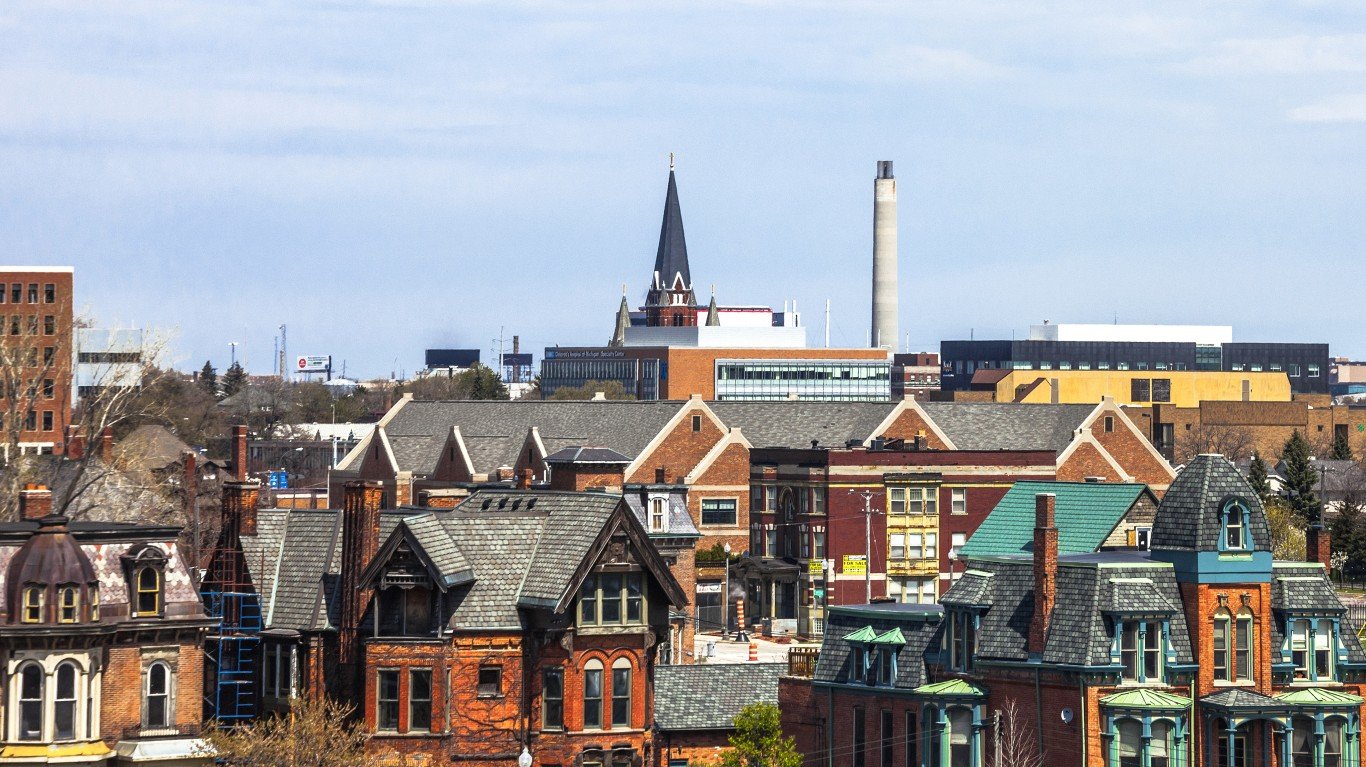
10. Detroit, Michigan
> City Dirtiness Rank:4/152
> Rat Infestation Rank:24/152
> Rat Control Rank:15/152
> Overall Score:45.2
[in-text-ad]
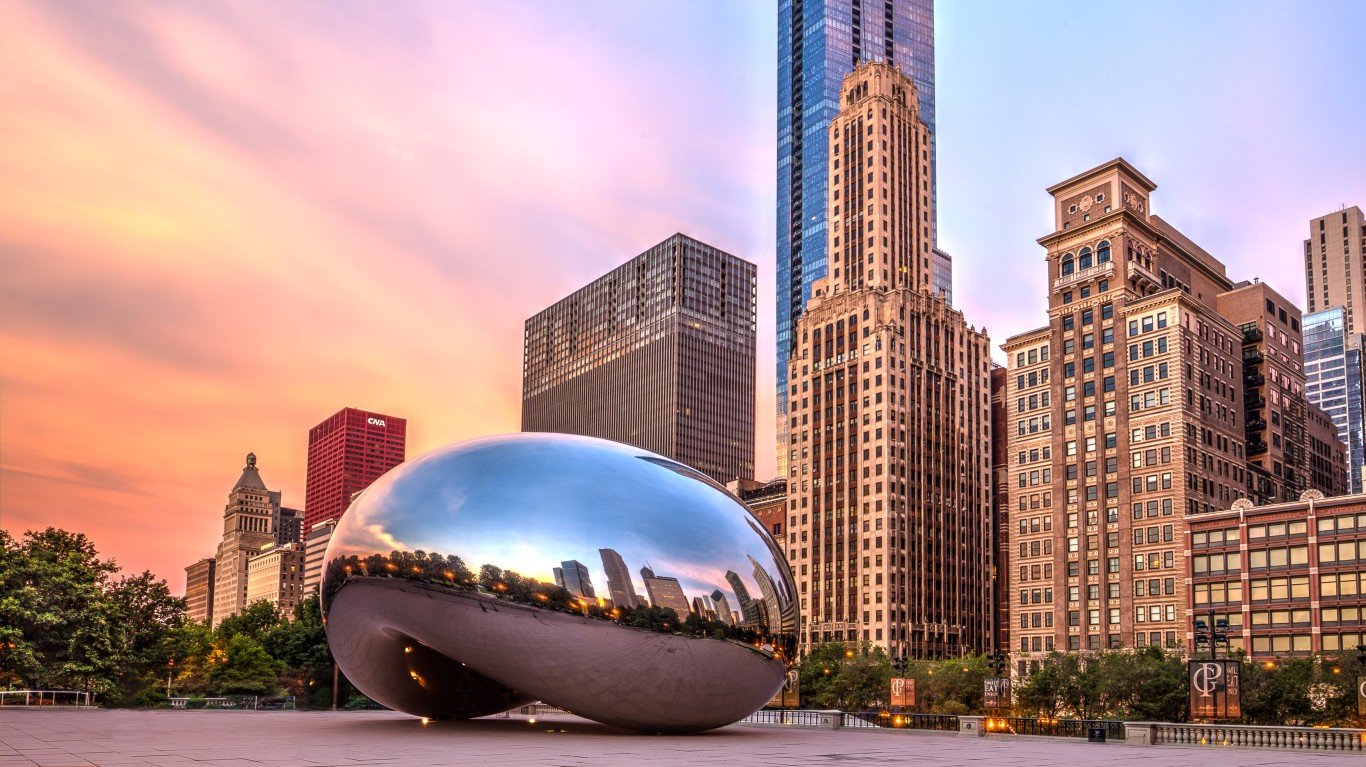
9. Chicago, Illinois
> City Dirtiness Rank:96/152
> Rat Infestation Rank:3/152
> Rat Control Rank:5/152
> Overall Score:45.66
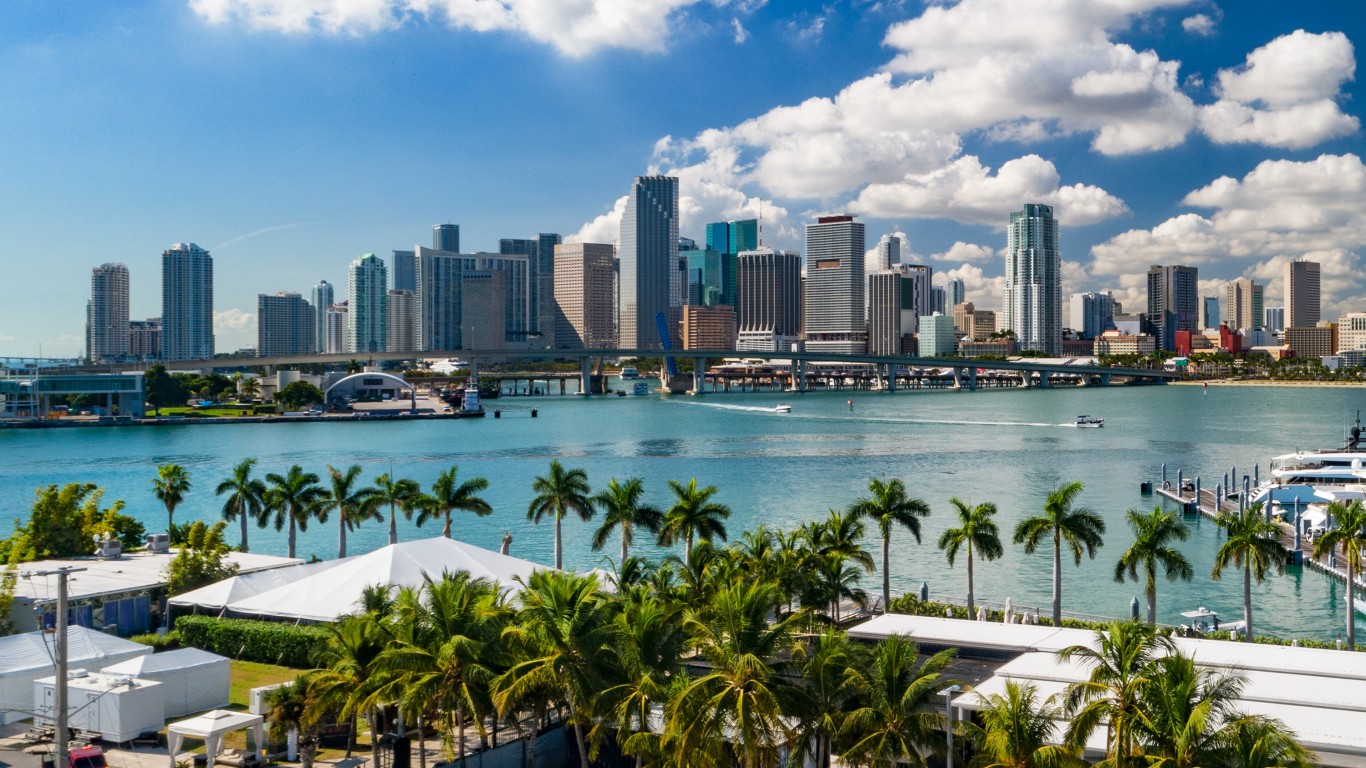
8. Miami, Florida
> City Dirtiness Rank:41/152
> Rat Infestation Rank:8/152
> Rat Control Rank:151/152
> Overall Score:48.32

7. San Francisco, California
> City Dirtiness Rank:97/152
> Rat Infestation Rank:14/152
> Rat Control Rank:6/152
> Overall Score:49.35
[in-text-ad-2]
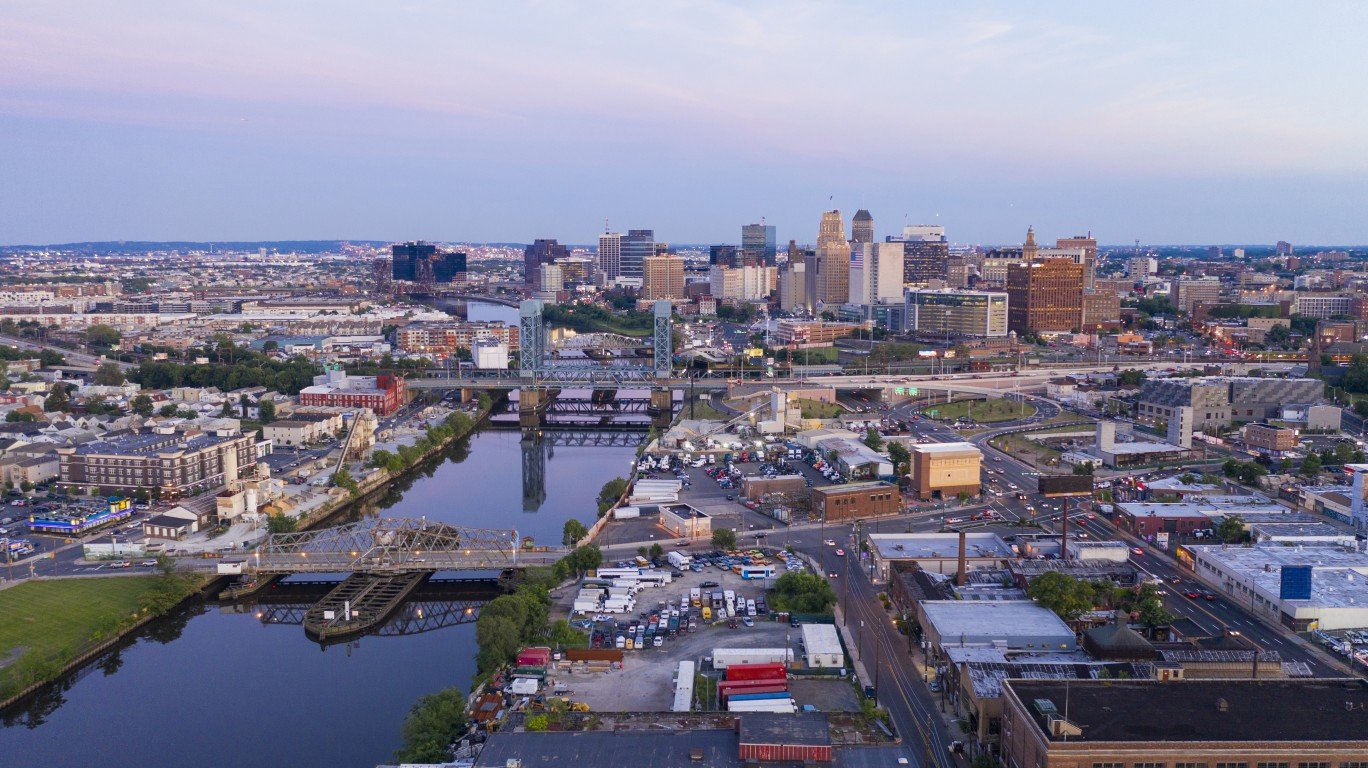
6. Newark, New Jersey
> City Dirtiness Rank:2/152
> Rat Infestation Rank:74/152
> Rat Control Rank:11/152
> Overall Score:49.82
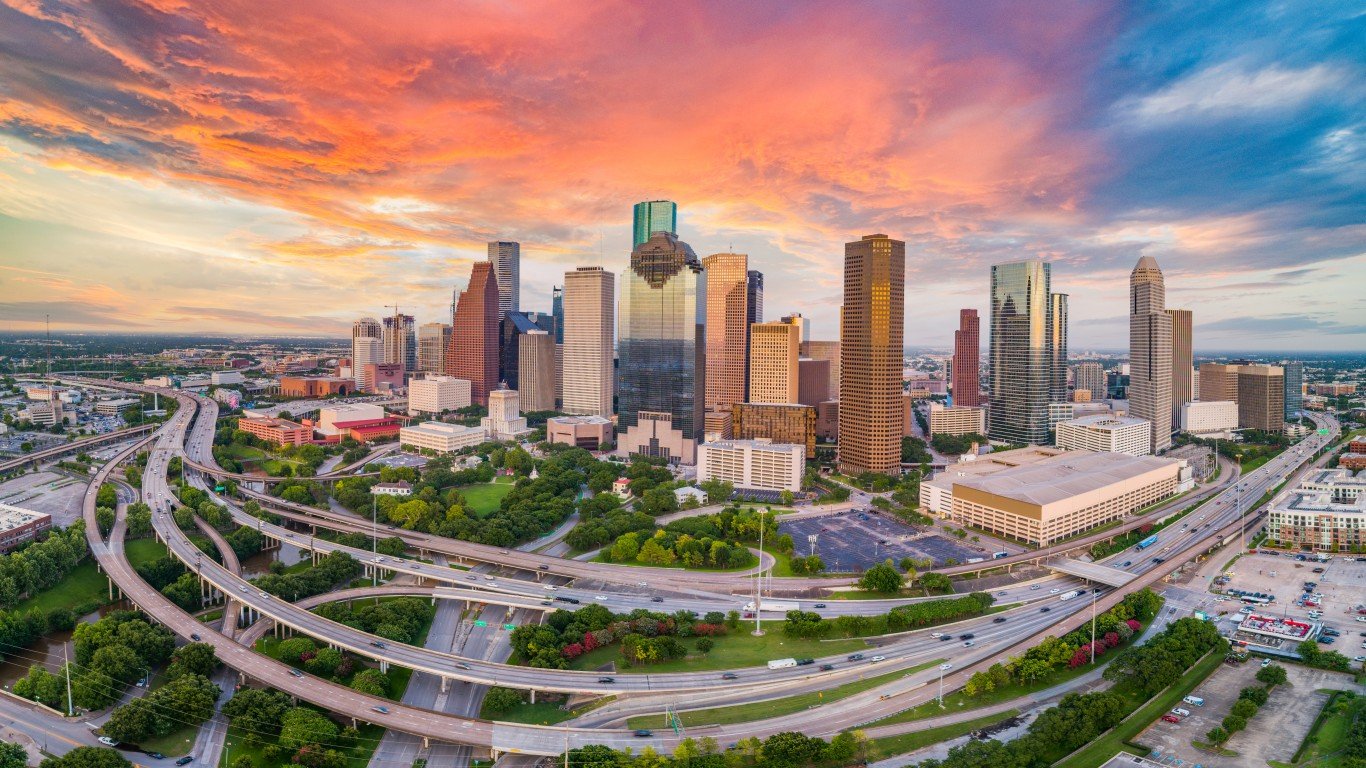
5. Houston, Texas
> City Dirtiness Rank:1/152
> Rat Infestation Rank:5/152
> Rat Control Rank:58/152
> Overall Score:50.29
[in-text-ad]

4. Philadelphia, Pennsylvania
> City Dirtiness Rank:26/152
> Rat Infestation Rank:7/152
> Rat Control Rank:21/152
> Overall Score:50.68
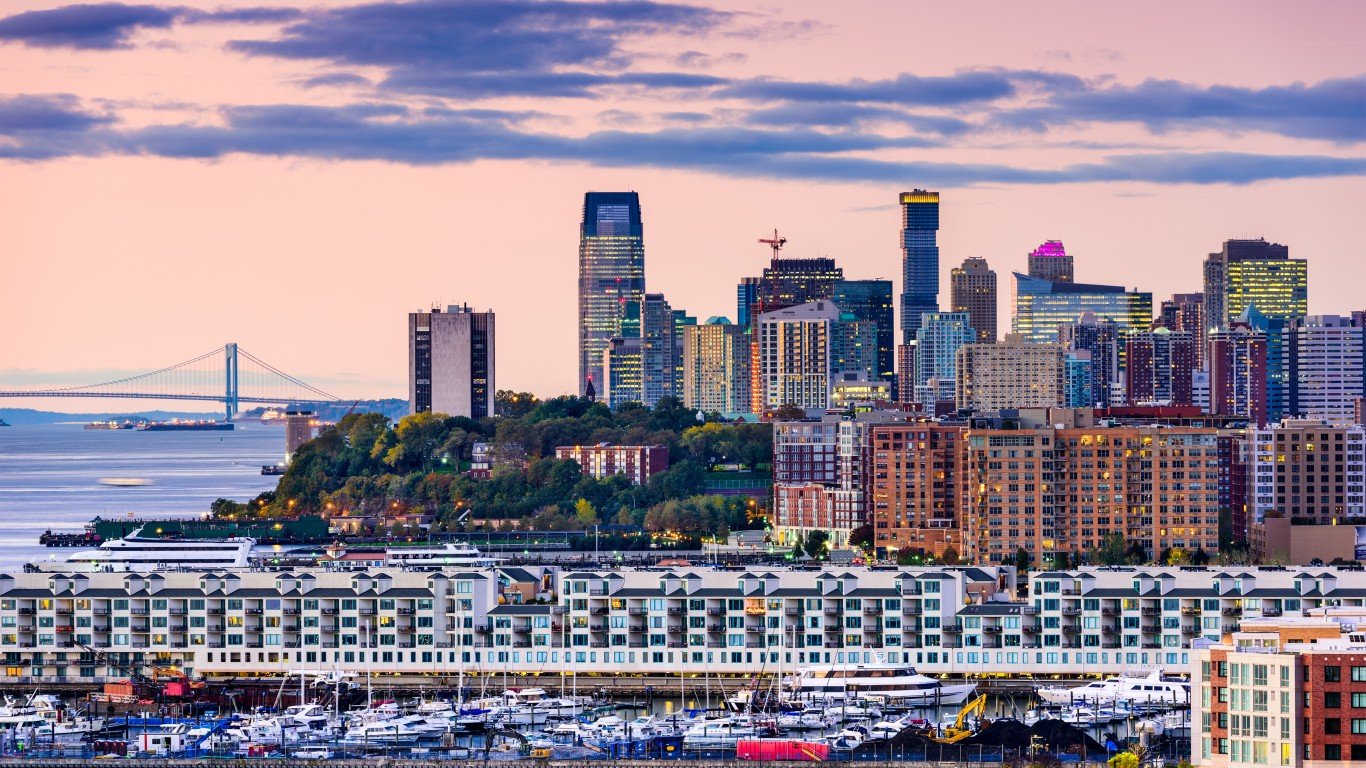
3. Jersey City, New Jersey
> City Dirtiness Rank:5/152
> Rat Infestation Rank:70/152
> Rat Control Rank:12/152
> Overall Score:56.04
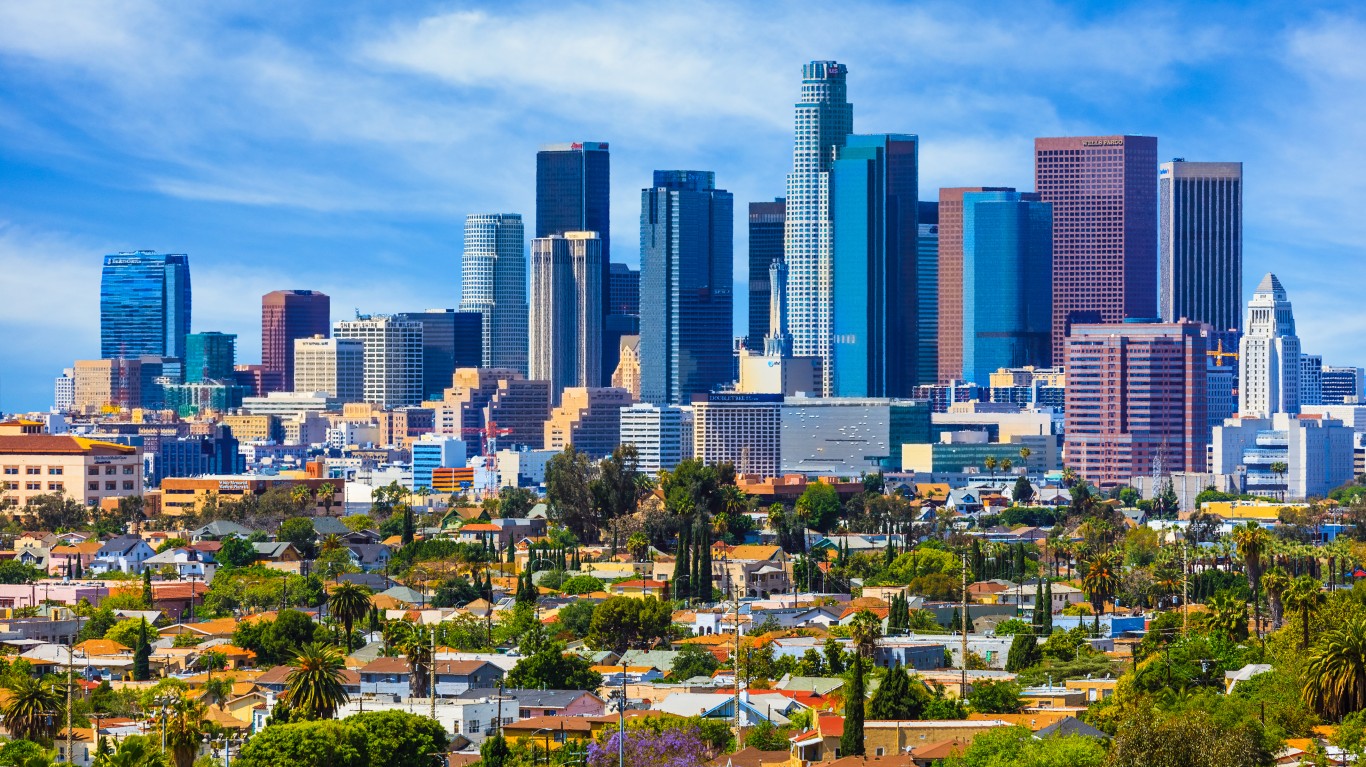
2. Los Angeles, California
> City Dirtiness Rank:15/152
> Rat Infestation Rank:2/152
> Rat Control Rank:27/152
> Overall Score:59.49
[in-text-ad-2]
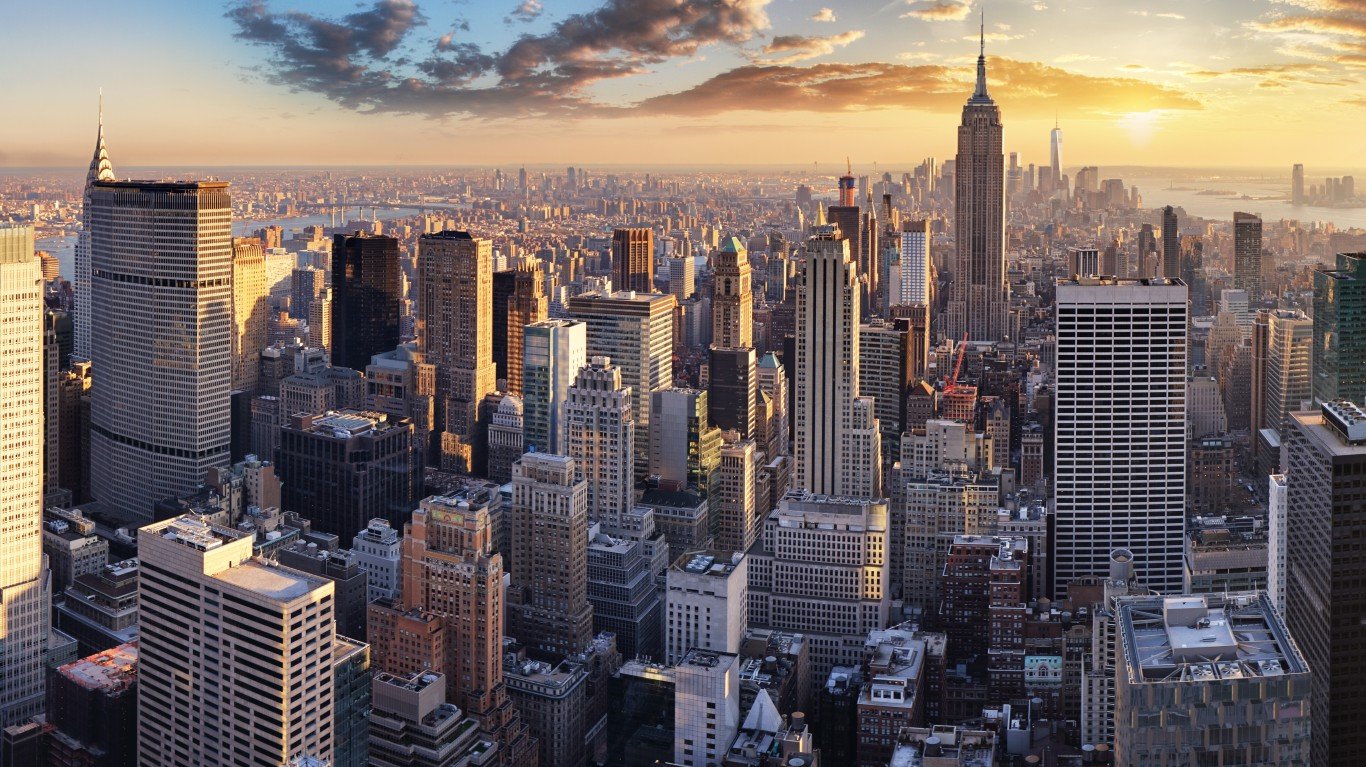
1. New York, New York
> City Dirtiness Rank:12/152
> Rat Infestation Rank:1/152
> Rat Control Rank:10/152
> Overall Score:85.1
ALERT: Take This Retirement Quiz Now (Sponsored)
Take the quiz below to get matched with a financial advisor today.
Each advisor has been vetted by SmartAsset and is held to a fiduciary standard to act in your best interests.
Here’s how it works:
1. Answer SmartAsset advisor match quiz
2. Review your pre-screened matches at your leisure. Check out the advisors’ profiles.
3. Speak with advisors at no cost to you. Have an introductory call on the phone or introduction in person and choose whom to work with in the future
Take the retirement quiz right here.
Thank you for reading! Have some feedback for us?
Contact the 24/7 Wall St. editorial team.
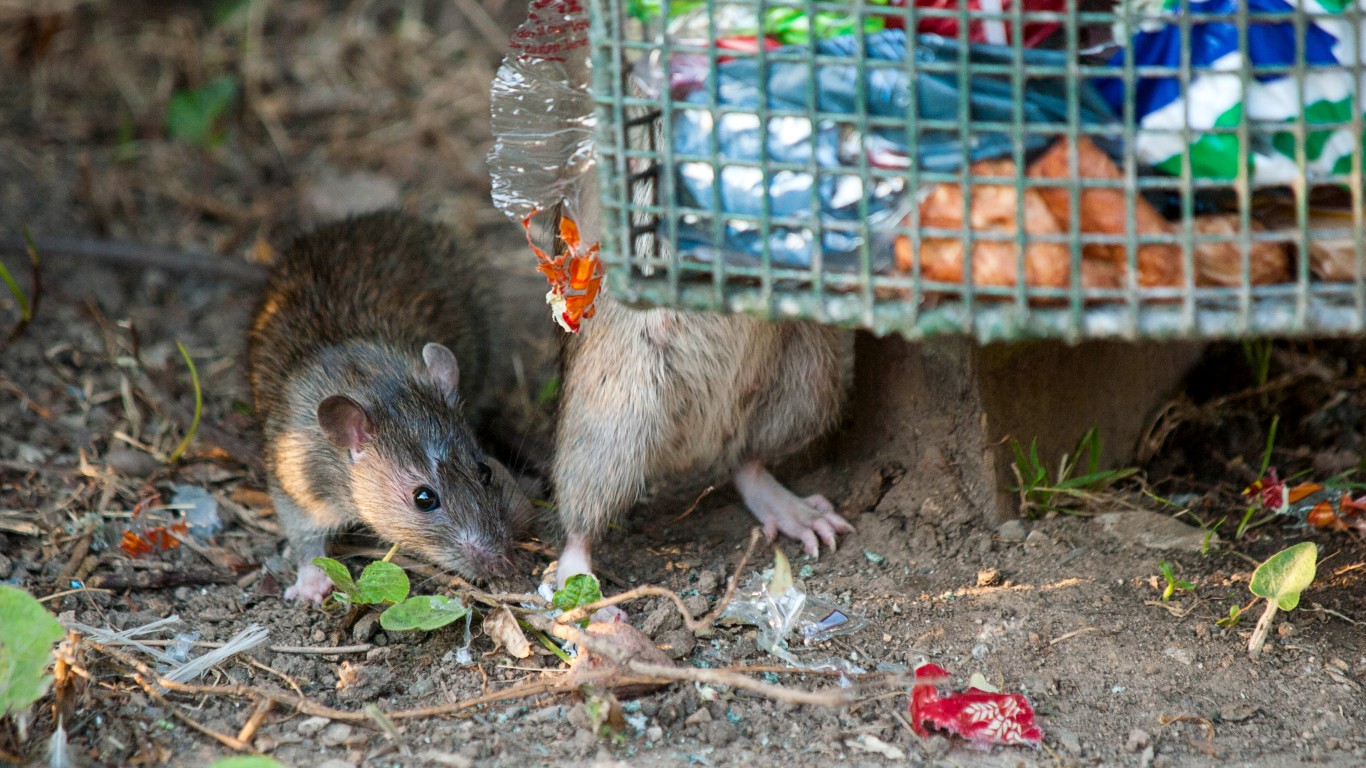 24/7 Wall St.
24/7 Wall St. 24/7 Wall St.
24/7 Wall St. 24/7 Wall St.
24/7 Wall St.